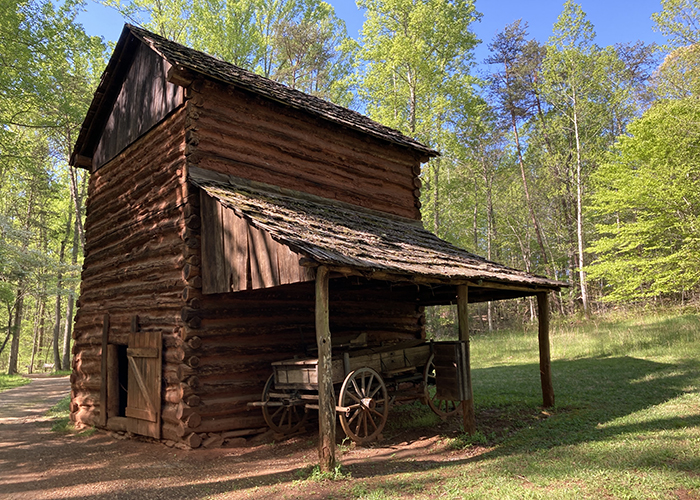 Previous Day |
Staunton, VA → Hardy, VA → Vienna, VA 397.0 mi (638.9 km) |
 More 2021 Adventures |
Today is fully Book’d, everyone!
As I wrap up my grand national park adventure across the Virginias (and North Carolina), I’ve got a full schedule on this bright, sunshiny day: four national park sites to explore, and though I hadn’t meant to pack so many stops in today, I’m glad I didn’t try a few days back when I’d meant to. A rainstorm would not have been ideal for viewing Booker T. Washington National Monument!
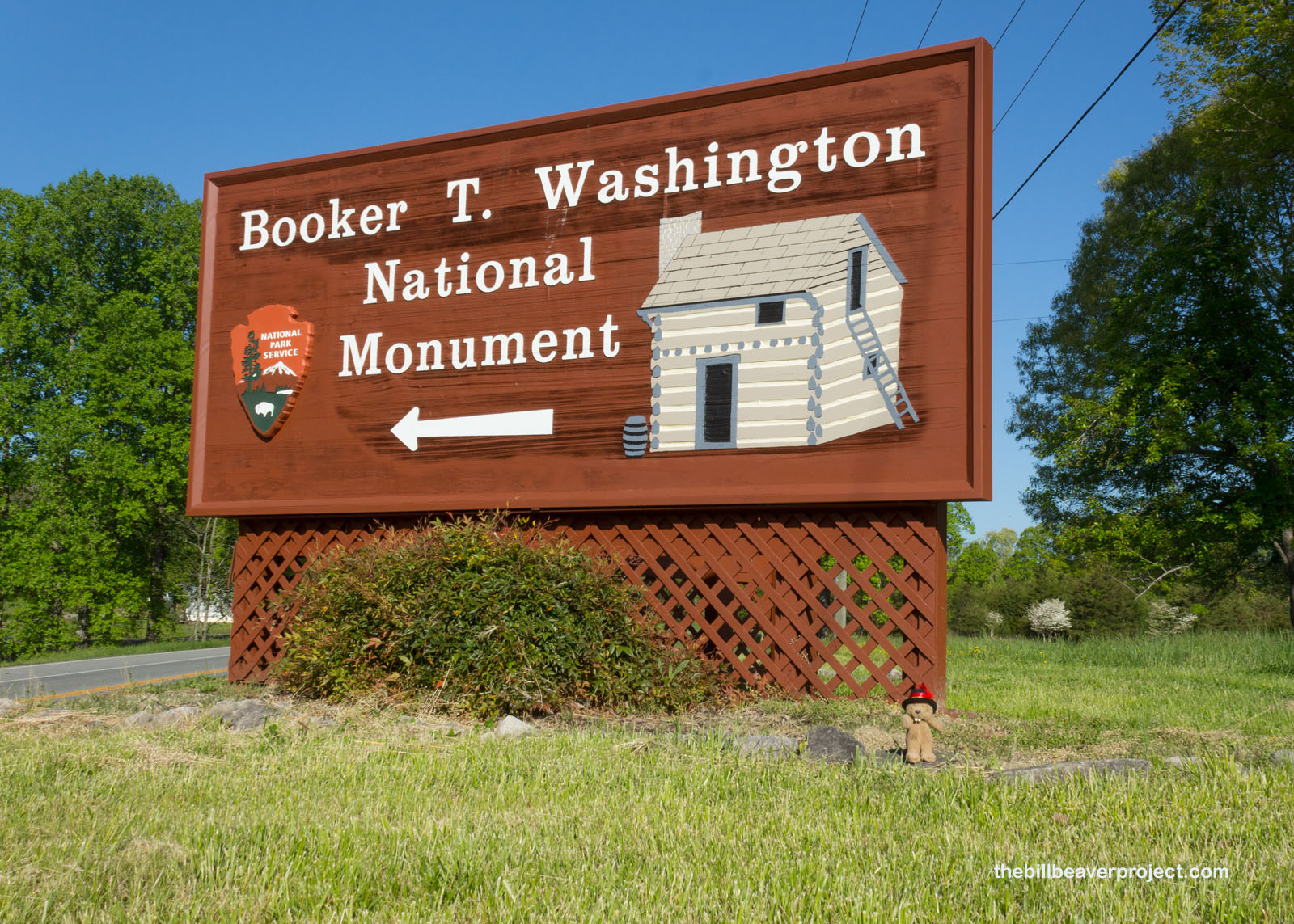 |
This is where the famous author, orator, and first Tuskegee principal was born on April 5, 1856! He spent the first nine years of his life here with his mom, Jane, older half-brother, John Henry, and younger half-sister, Amanda, all of whom were enslaved on the farm of James Burroughs! It was also here, though, that his immediate family, plus his aunt, uncle, and cousin, were emancipated in 1865!
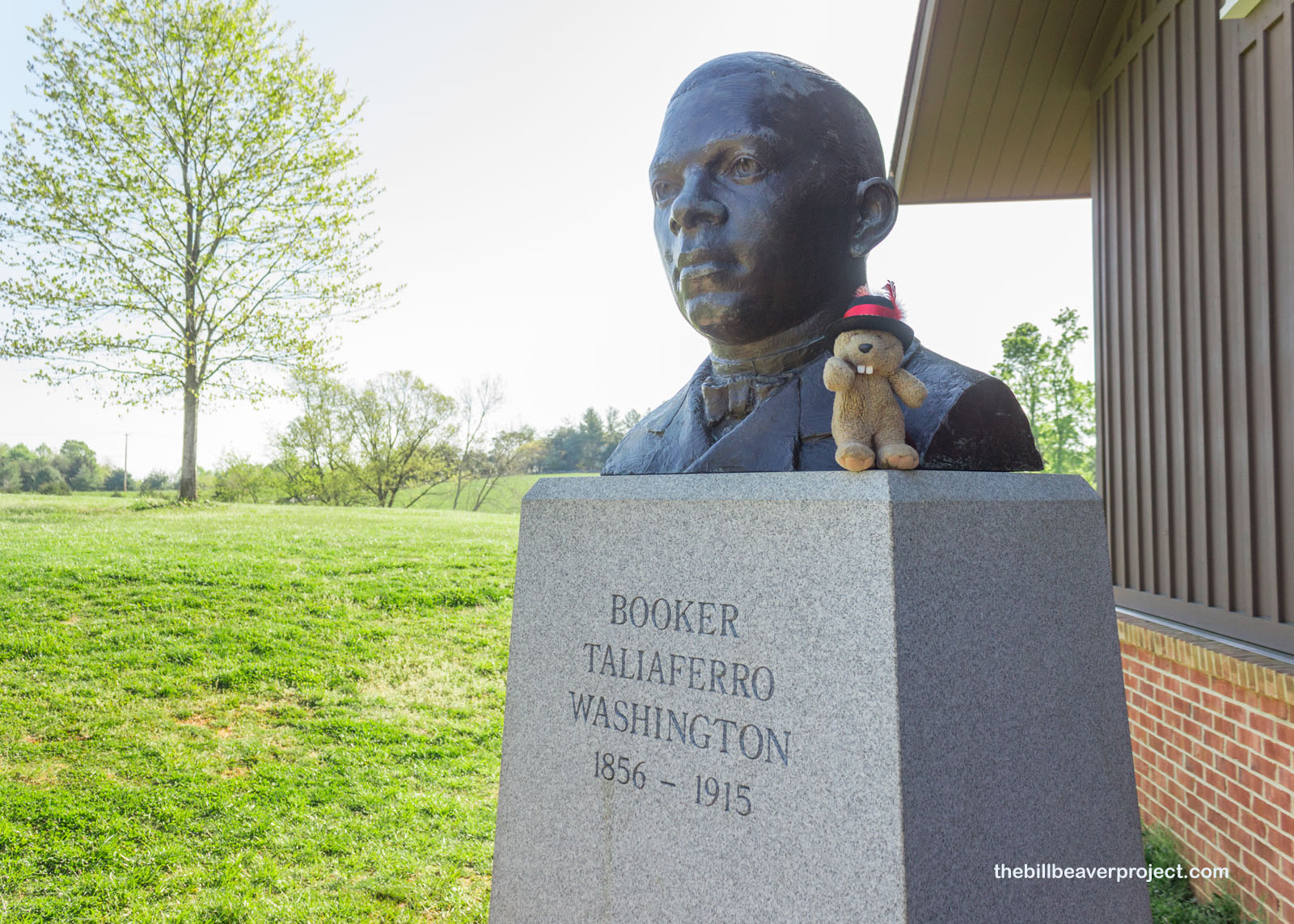 |
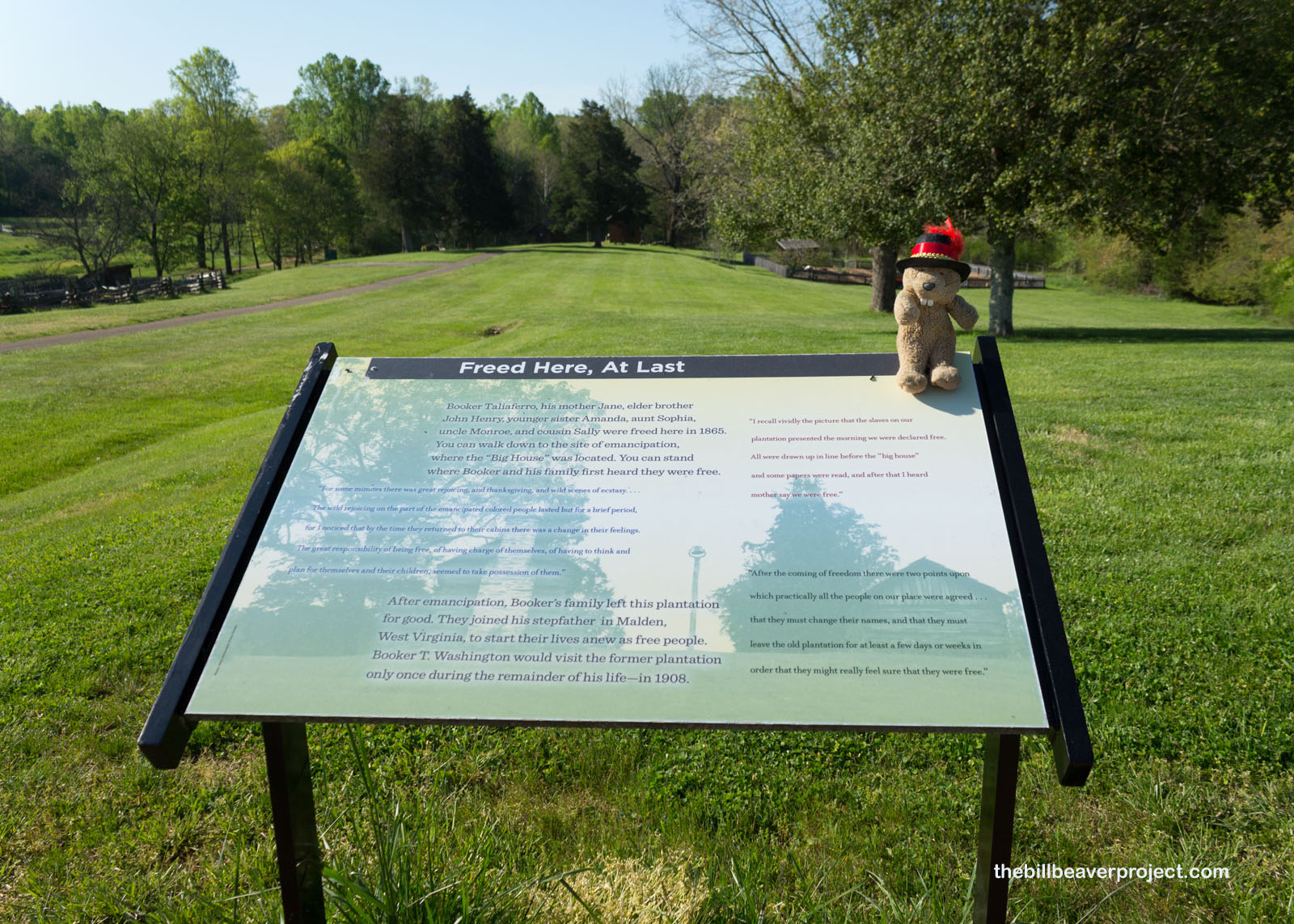 |
The original buildings of the Burroughs farm have long since decayed, but the foundation of the Big House, by which Dr. Washington was born, is still outlined, like the foundation of George Washington’s birth home. The rest of the buildings have been reconstructed, like the kitchen cabin, where he lived because his mom was the plantation cook! In his memoir, Up from Slavery he reminisces about sleeping on bare earth as the winter wind blew through holes in the cabin walls! During these years, he wasn’t allowed an education of his own, but he was expected to carry the books for Laura Burroughs, who was a teacher.
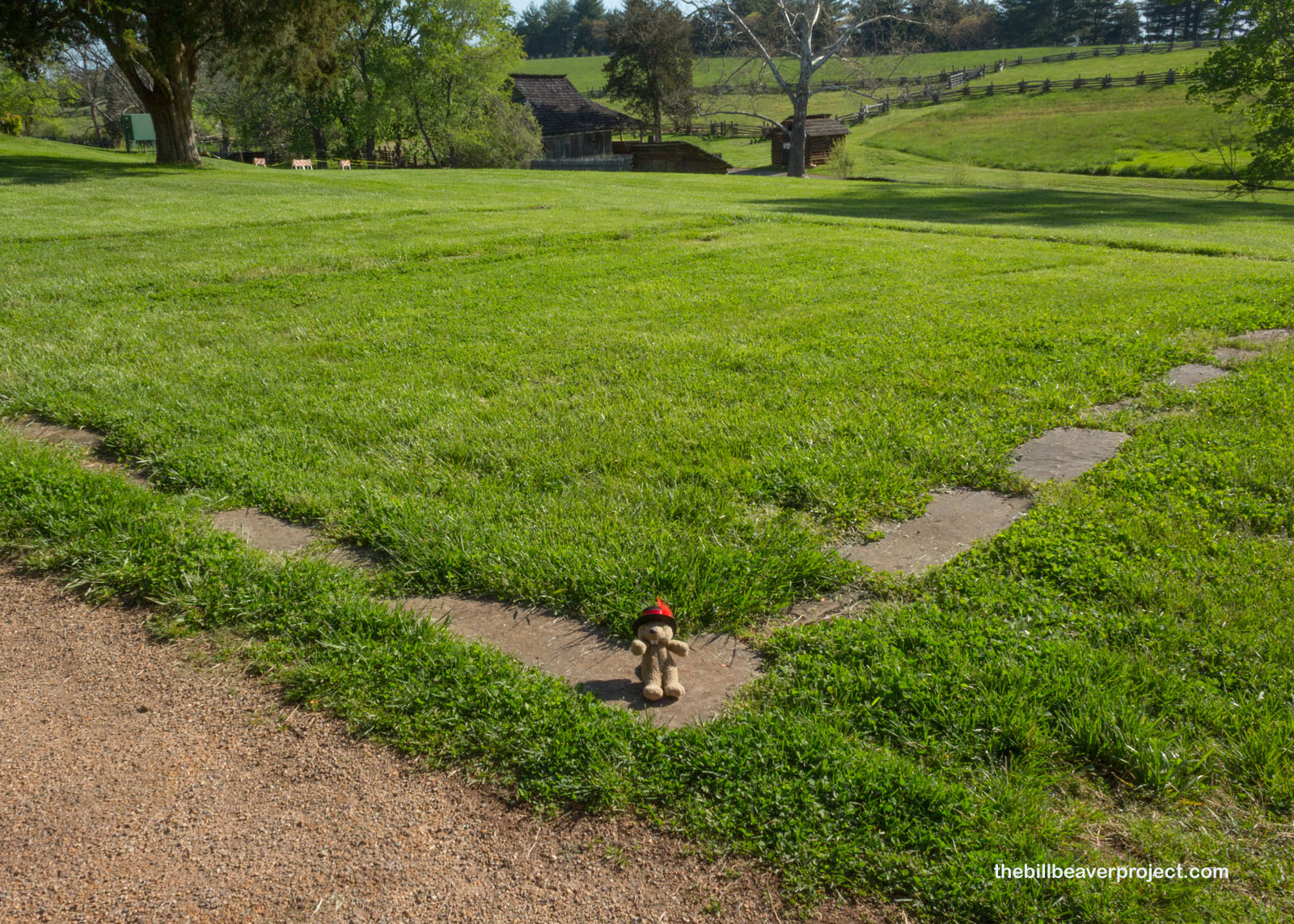 |
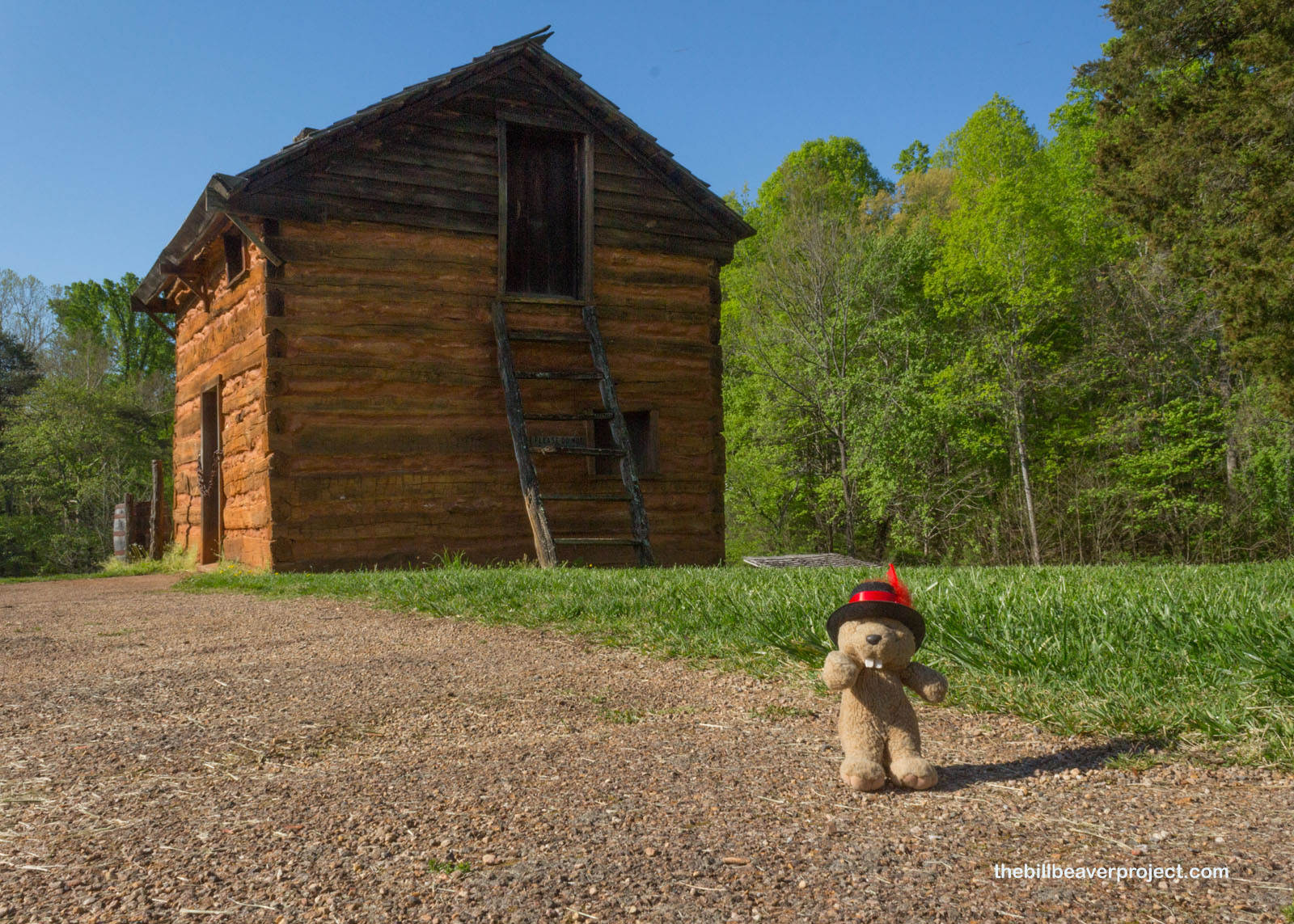 |
The Burroughs plantation made most of its money from tobacco, but the fields here also produced flax, potatoes, and other grains. There were cows and pigs, sheep and chickens, and of course, horses!
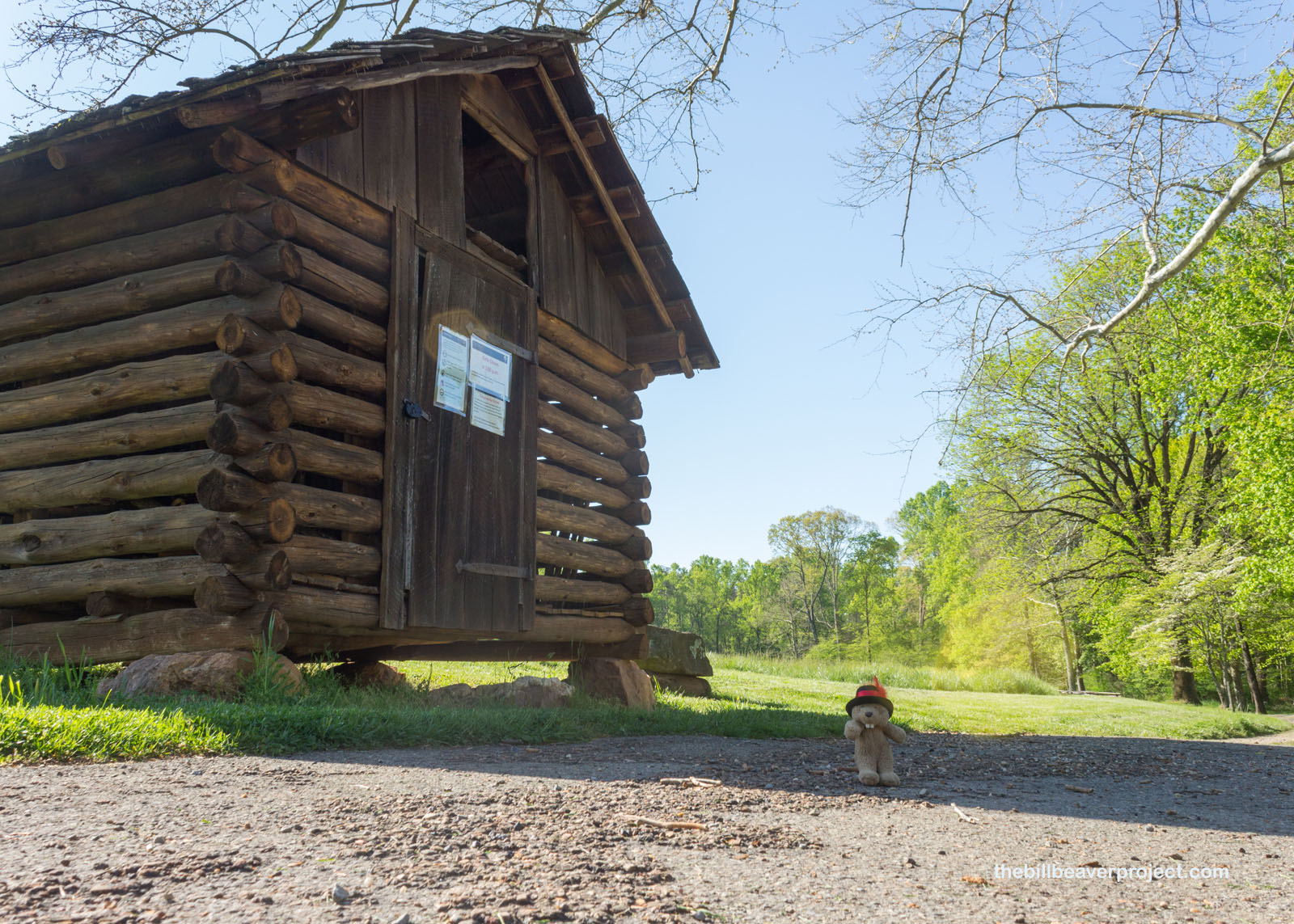 |
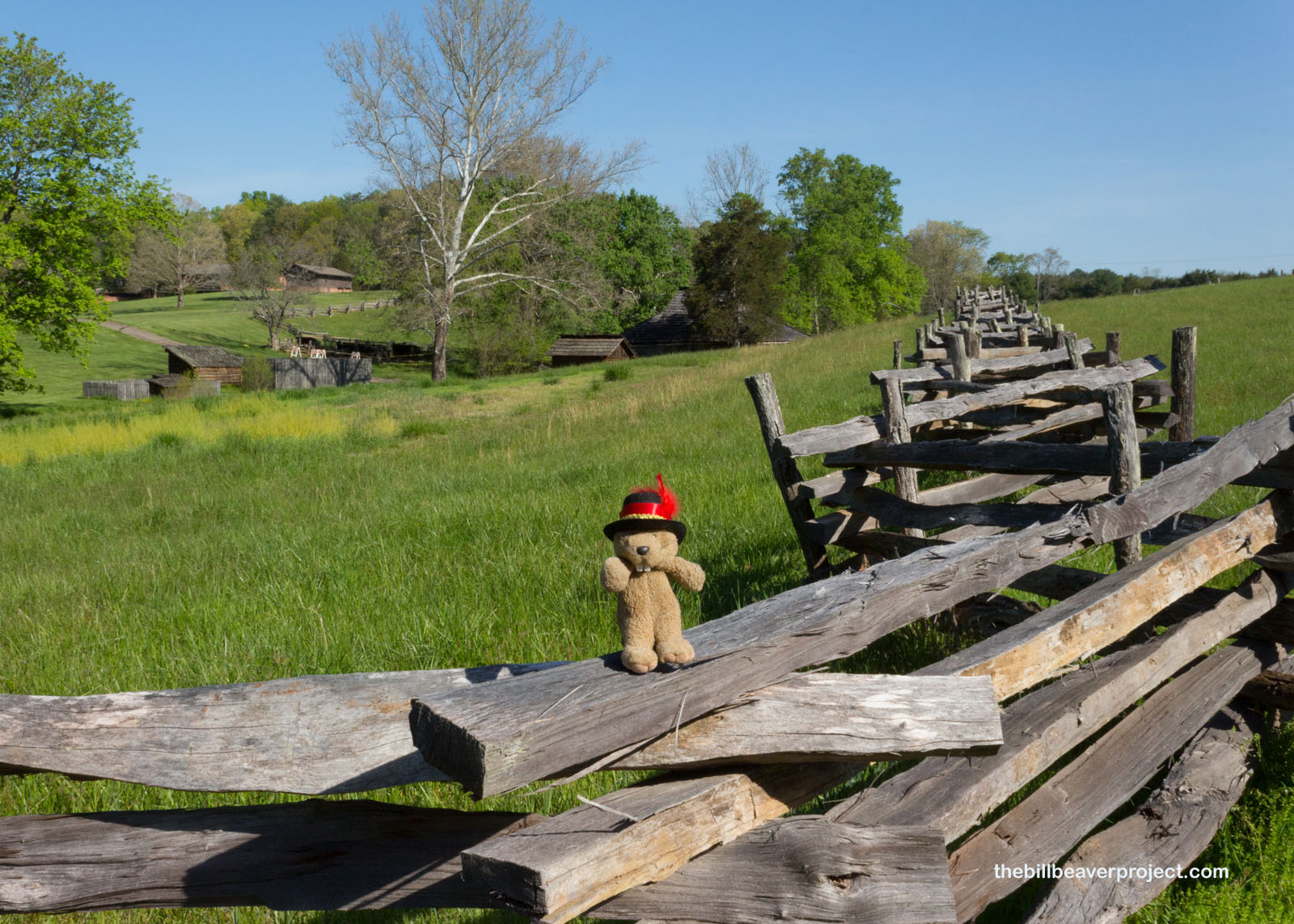 |
One such horse with shockingly presidential hair, peered out of the barn for a selfie! I would have been a fool to say “nay!” After all, this is a living history farm, and a big part of that is taking photos of all the parts that are alive!
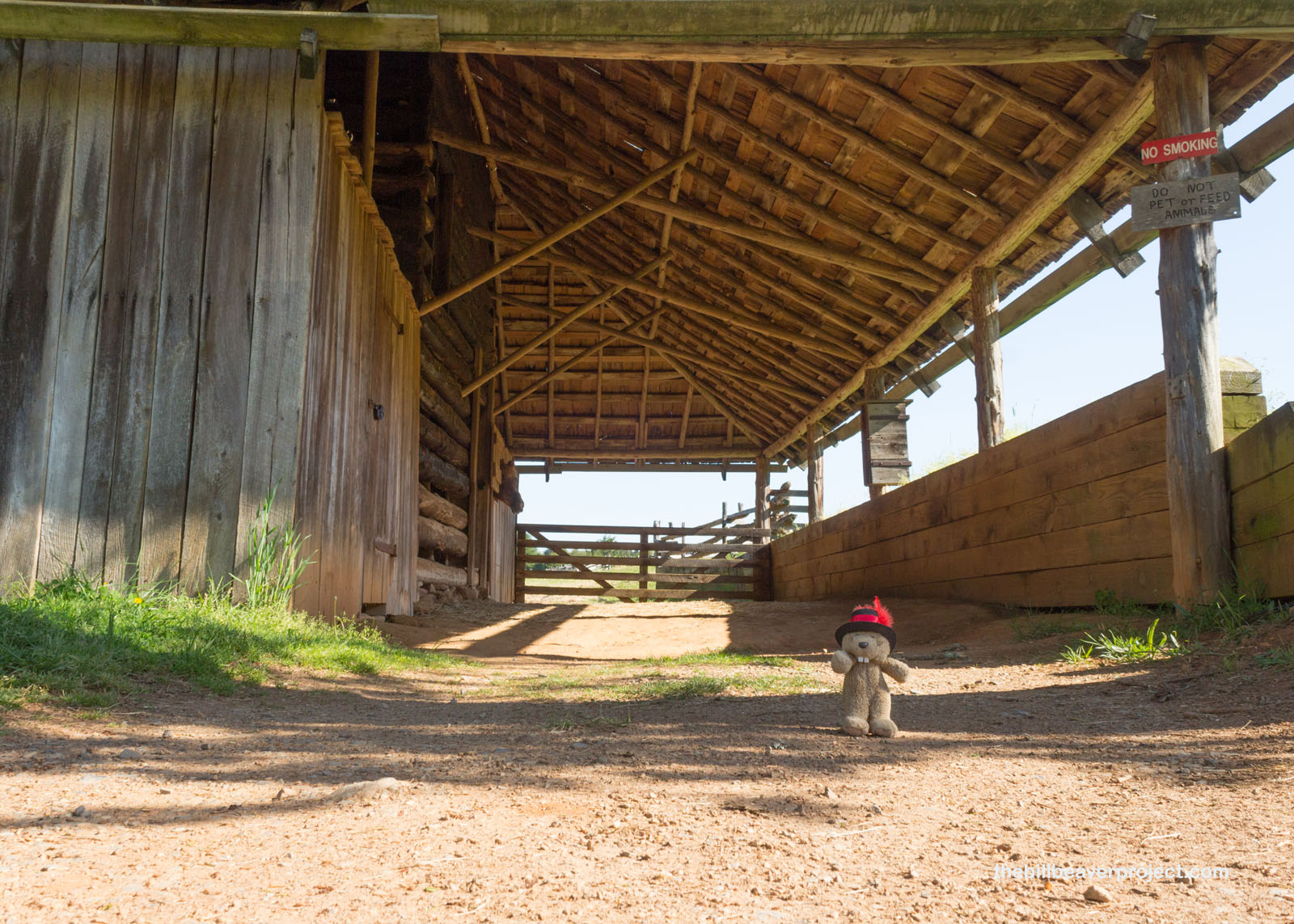 |
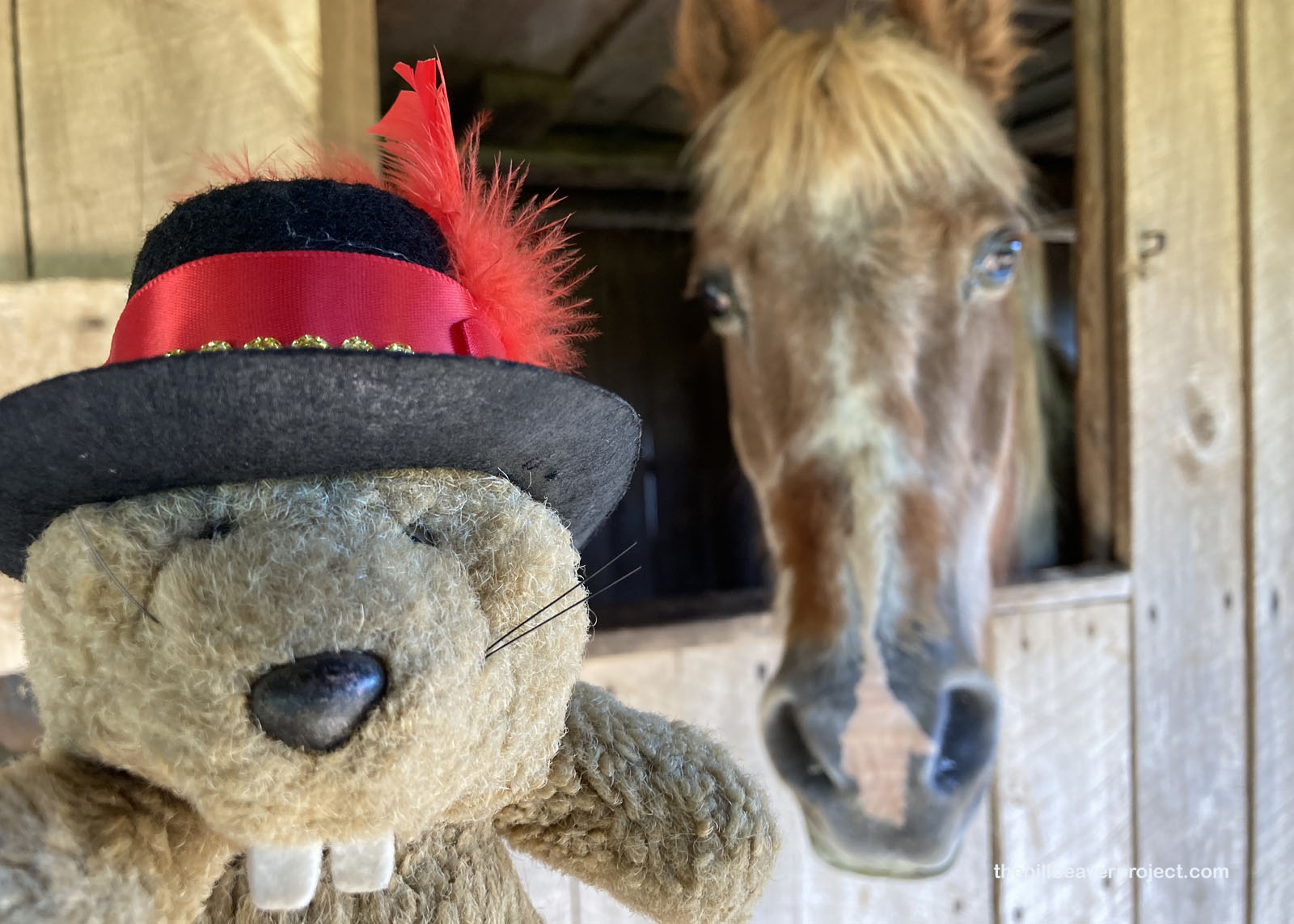 |
In the short loop along the Plantation Trail, there were a few other important historic structures, like the 1894 tobacco barn where the farm’s top product would wilt and dry as part of the curing process before it could be processed and sold. There was also a blacksmith stall where visitors could watch the ancient art of smithing in action during special programs!
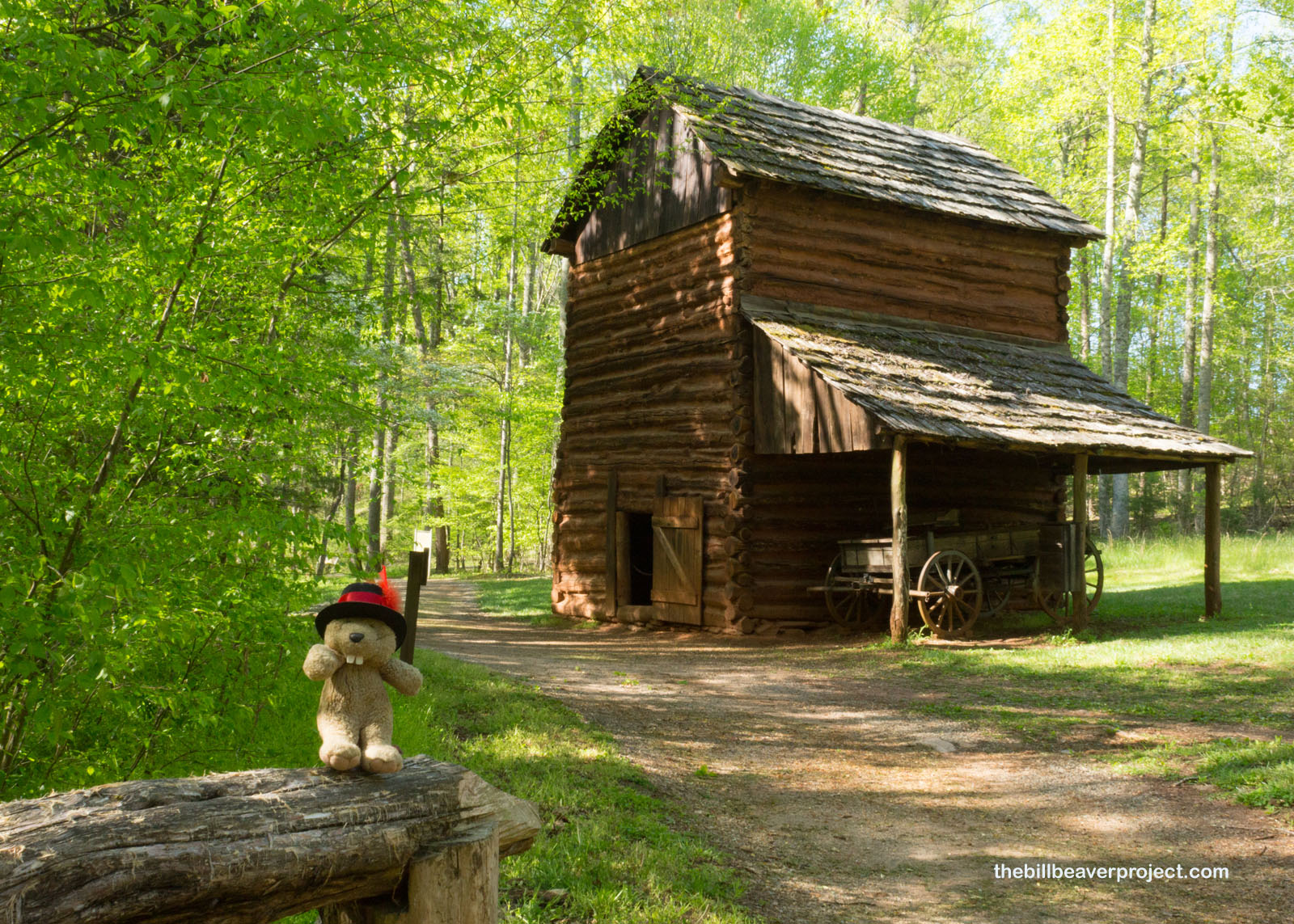 |
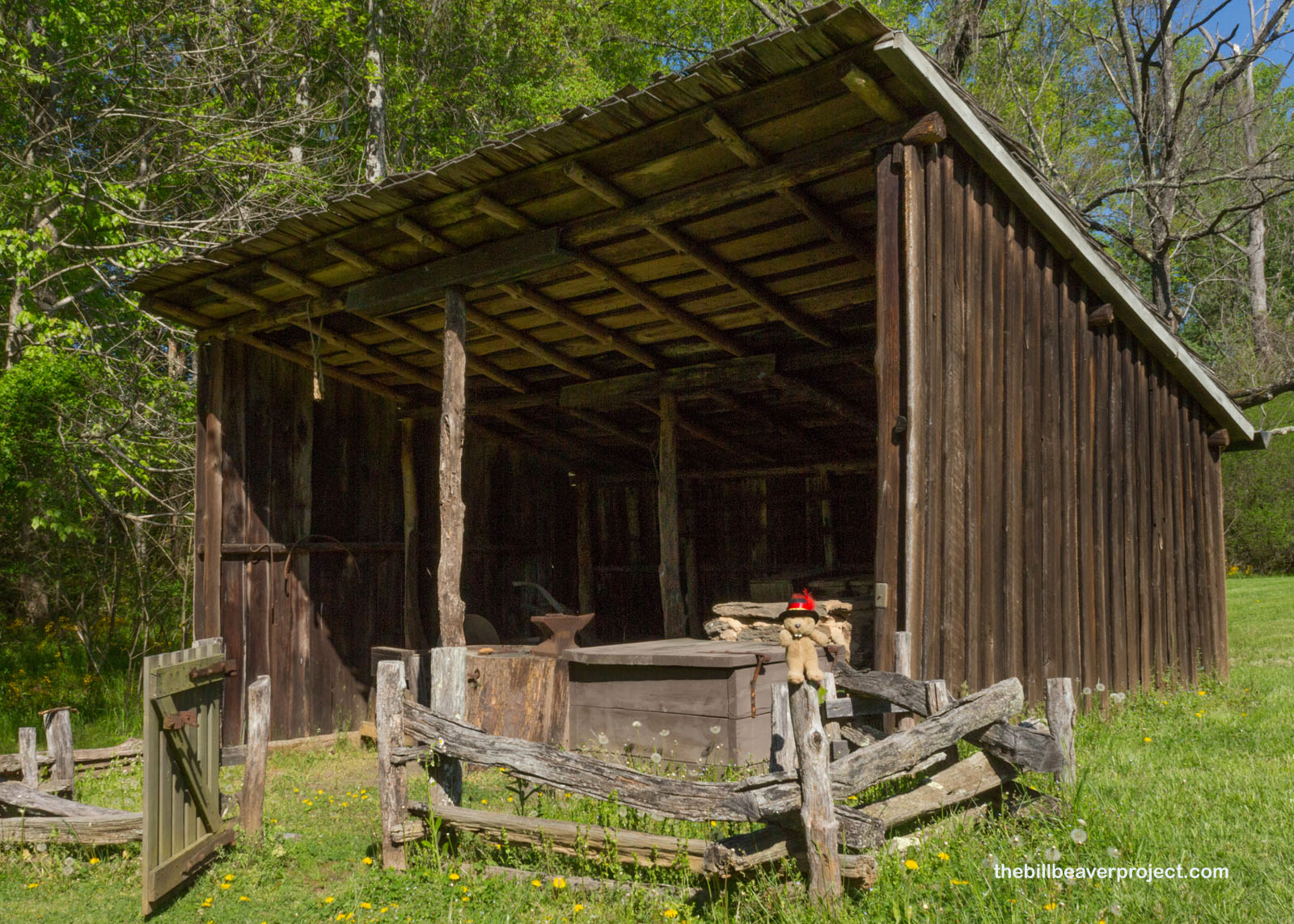 |
And then, my loop around the farm finished, and I was off to my next stop, pushing high noon! This was arguably the most important place in the whole entire Civil War, where Union and Confederate factions met on April 9, 1865 to discuss the terms of Robert E. Lee’s surrender! This was Appomattox Court House National Historical Park!
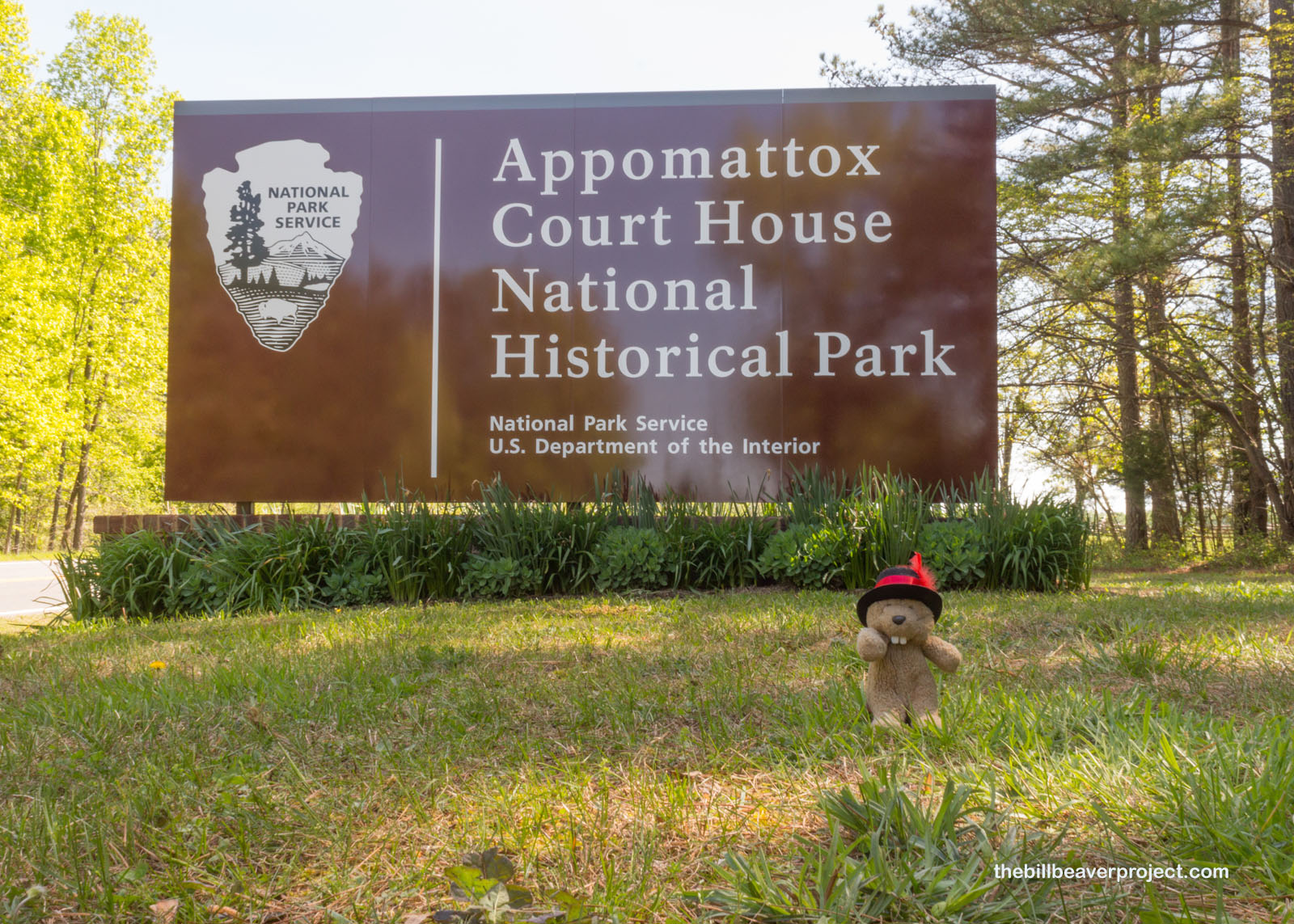 |
Long before the war broke out, this was the village of Clover Hill, a stop on the Richmond-Lychburg stage road, which became the seat of Appomattox County in 1845! As seat, it became home to the Appomattox County Courthouse, a Georgian-style building with some Greek Revival elements, which eventually gave its name to the town it was in. Only, that’s where this building’s involvement in the Civil War ended!
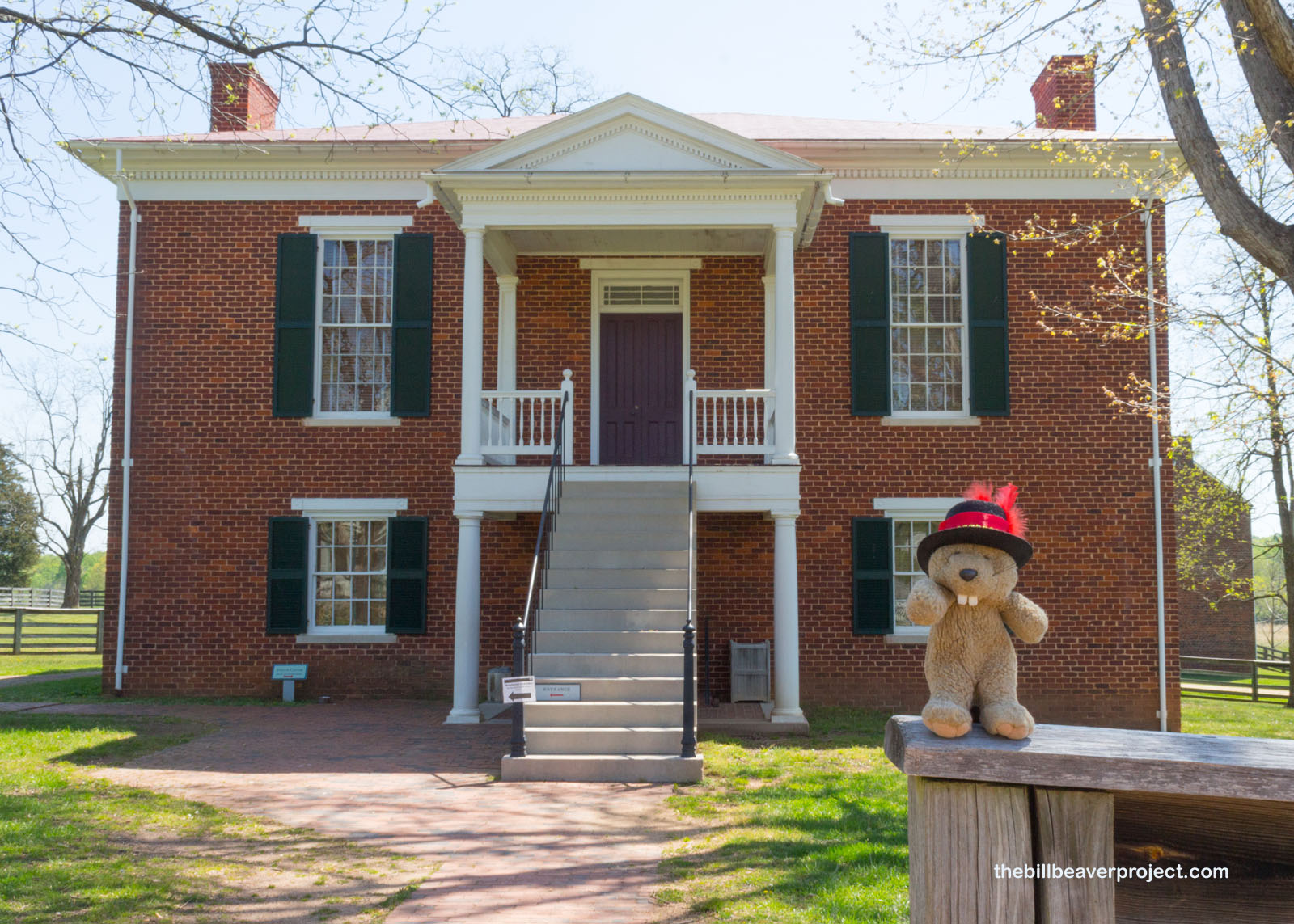 |
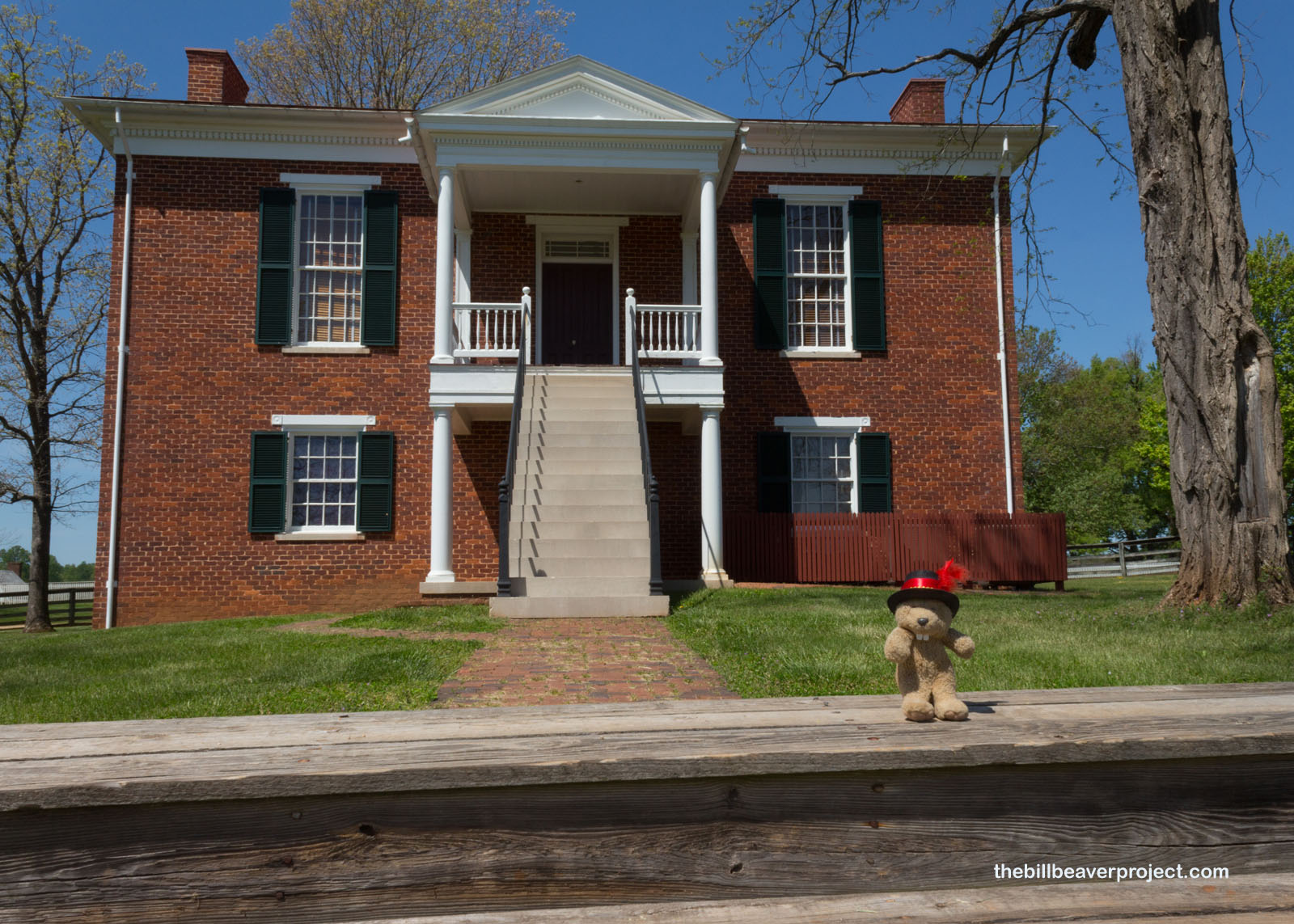 |
See, Clover Hill/Appomattox Court House was just a village at the end of a long pursuit! Robert E. Lee abandoned Richmond on April 2, 1865 after a ten-month siege and moved his troops toward a different courthouse, Amelia Courthouse, where he hoped to get reinforcements by General Johnston’s Army of the Tennessee. It was not to be, however! The Union cut them off at Sailor’s Creek on April 6th, then fought the Battles of Cumberland Church and High Bridge! Then, on April 8th, General George Armstrong Custer burned three Confederate supply trains, and by April 9th, General Lee gave his last fizzled attack at dawn. By 8:00 AM, he was ready to surrender.
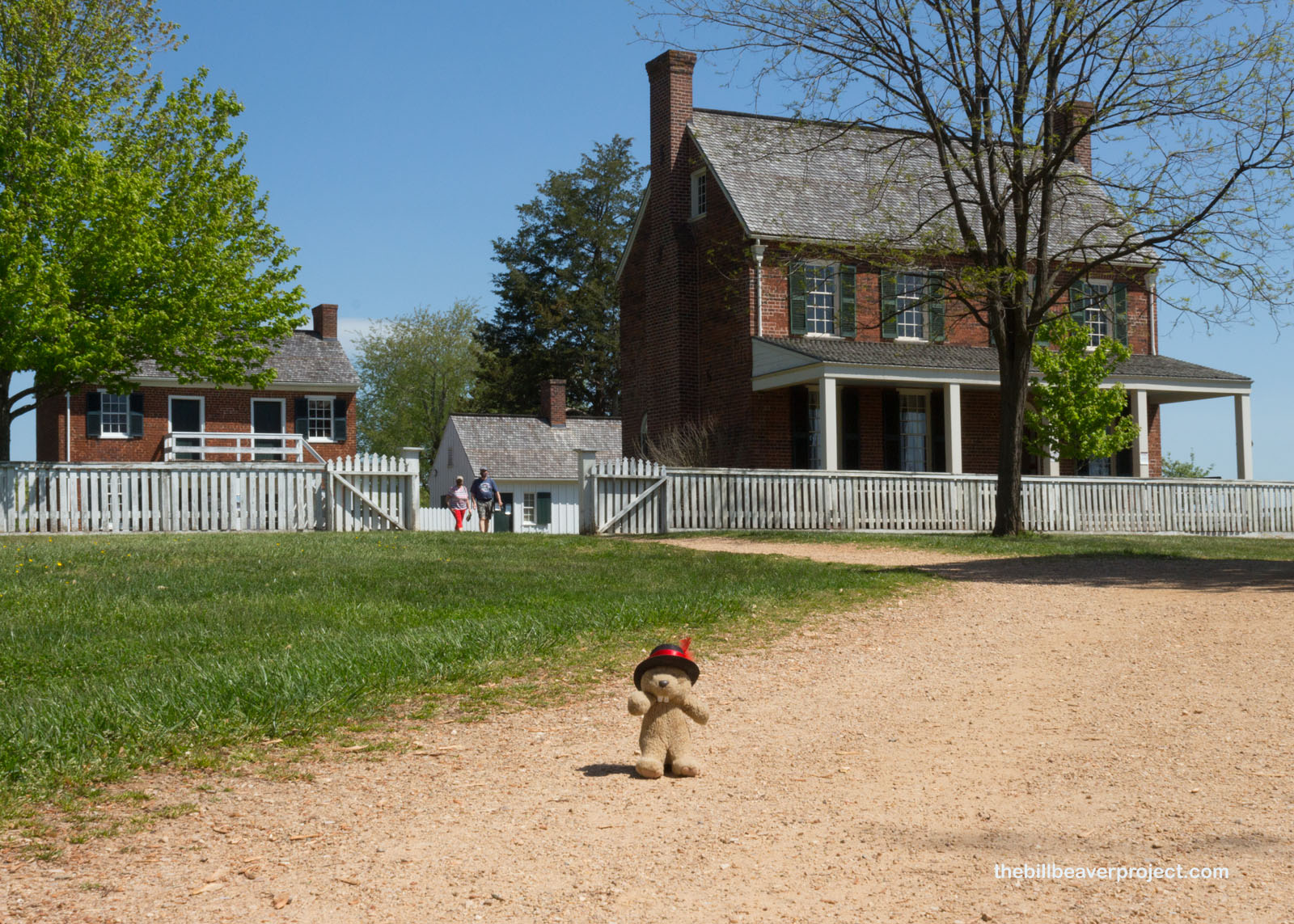 |
Of the many buildings that had to be rebuilt in the making of Appomattox Court House National Historical Park, a few are still here that bore witness to the final surrender of the Confederacy. One of them was the Clover Hill Tavern, built in 1819 by Alexander Patterson as a place for travelers to refresh on their journey between Richmond and Lynchburg! It was restored in 1954!
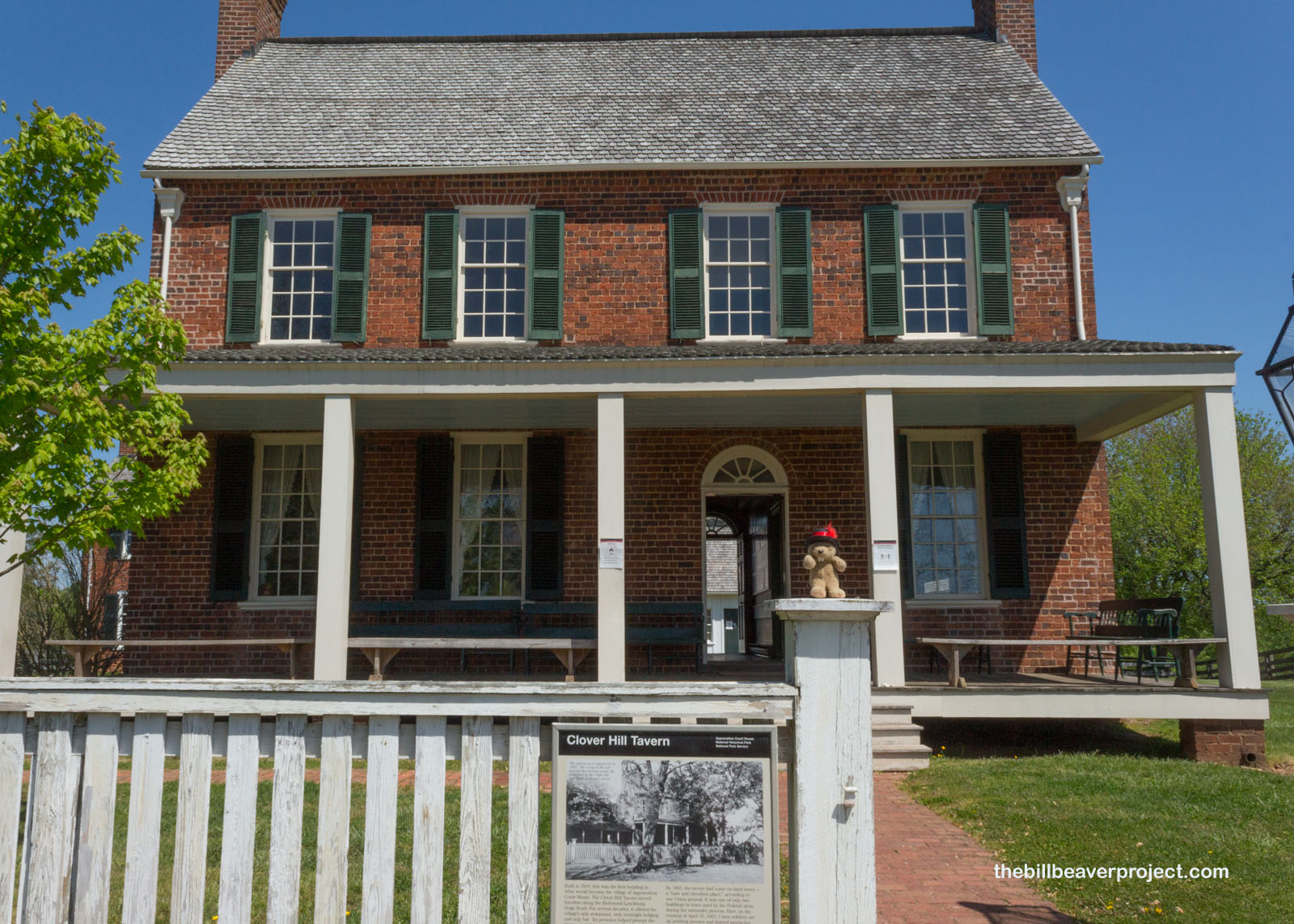 |
The Appomattox County Jail was only halfway finished as the two armies marched into town. No one from the Civil War was imprisoned here, but it did serve as jail from 1870 until 1892 when the seat moved and the building became a polling station!
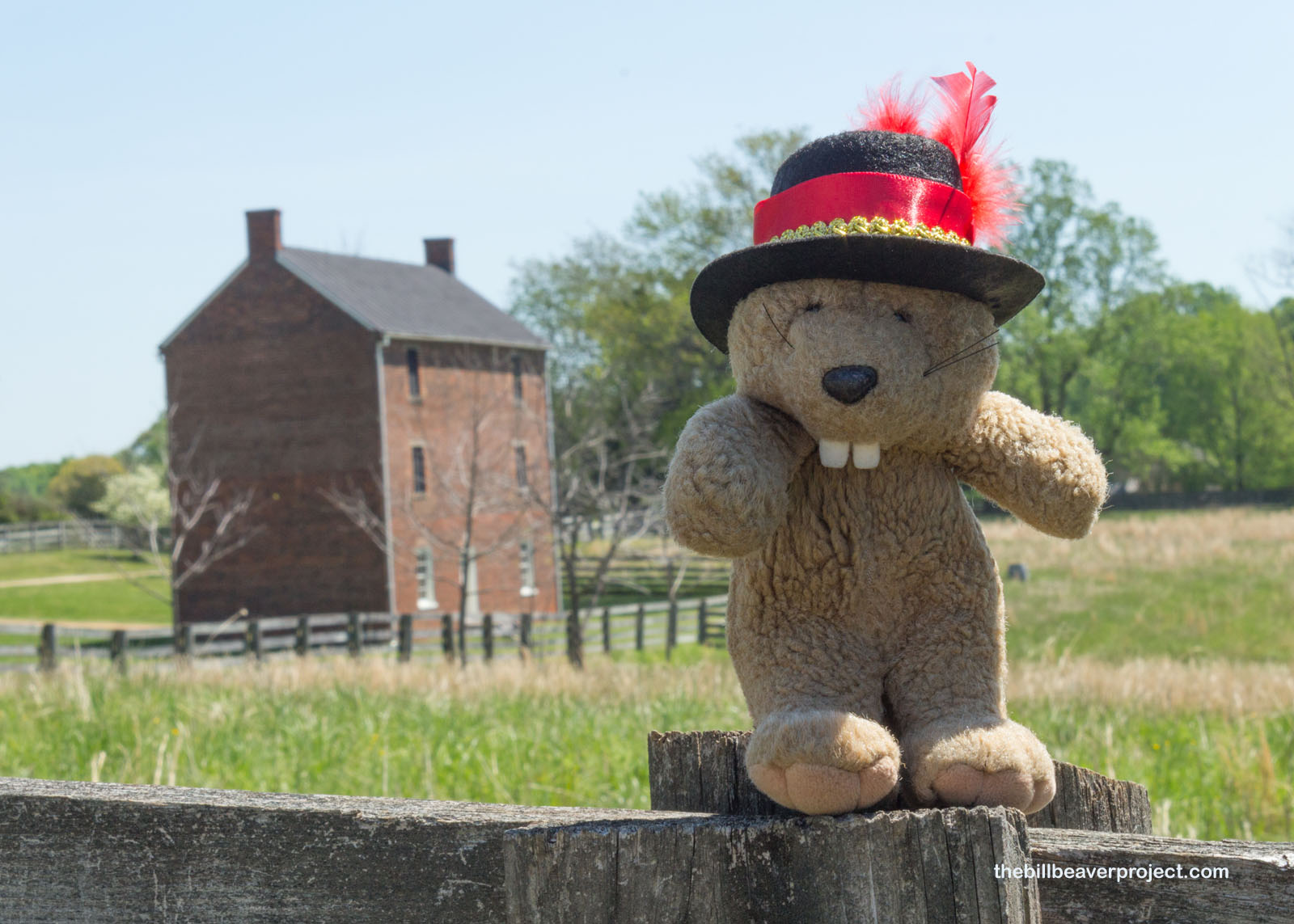 |
But the McClean House, where Generals Grant and Lee met on April 9, 1865, is a complete reconstruction! It was also originally a tavern, built in 1848 by Charles Raine, then became the home of Wilmer McLean in 1863. General Lee’s aide, Charles Marshall, picked this house as the most suitable in town, which was hugely ironic for Mr. McLean. See, he’d fled his previous home near Manassas to escape the war, only to have the war follow him all the way until the end, in his parlor! The McLean House was dismantled in 1893 to be rebuilt at the World’s Columbian Exposition, then sent to Washington, DC to house a Civil War Museum. The parts were only brought back to their original location in 1948, and the rebuilt home was rededicated with descendants of the two generals in attendance, on April 16, 1950!
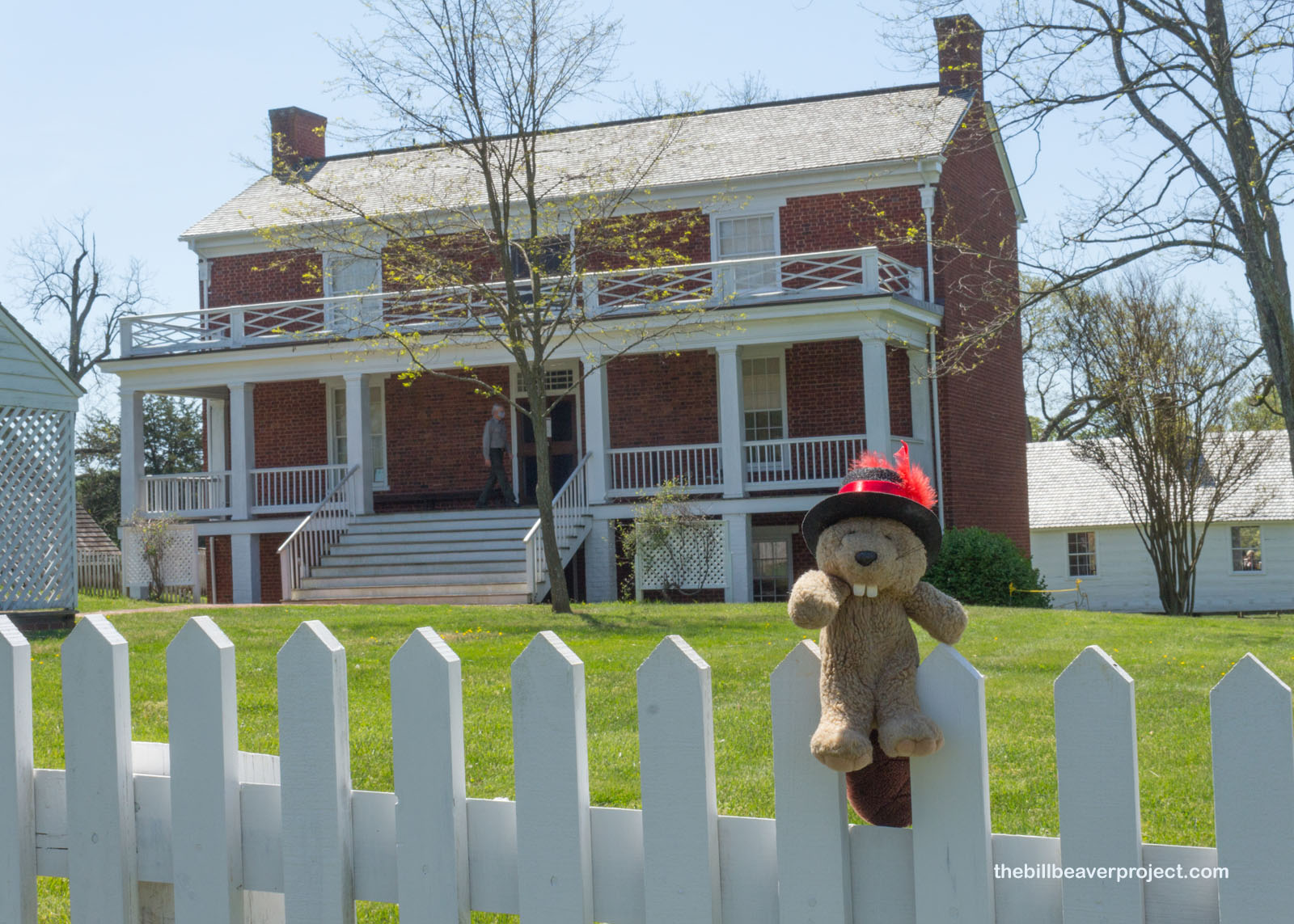 |
There were more tales to be told of folks like Mr. McLean who had to keep living while war raged all around them! About two and a half hours north of here (by modern standards) was Cedar Creek and Belle Grove National Historical Park, where the Union snatched a decisive victory from the foggy jaws of defeat on October 19, 1864!
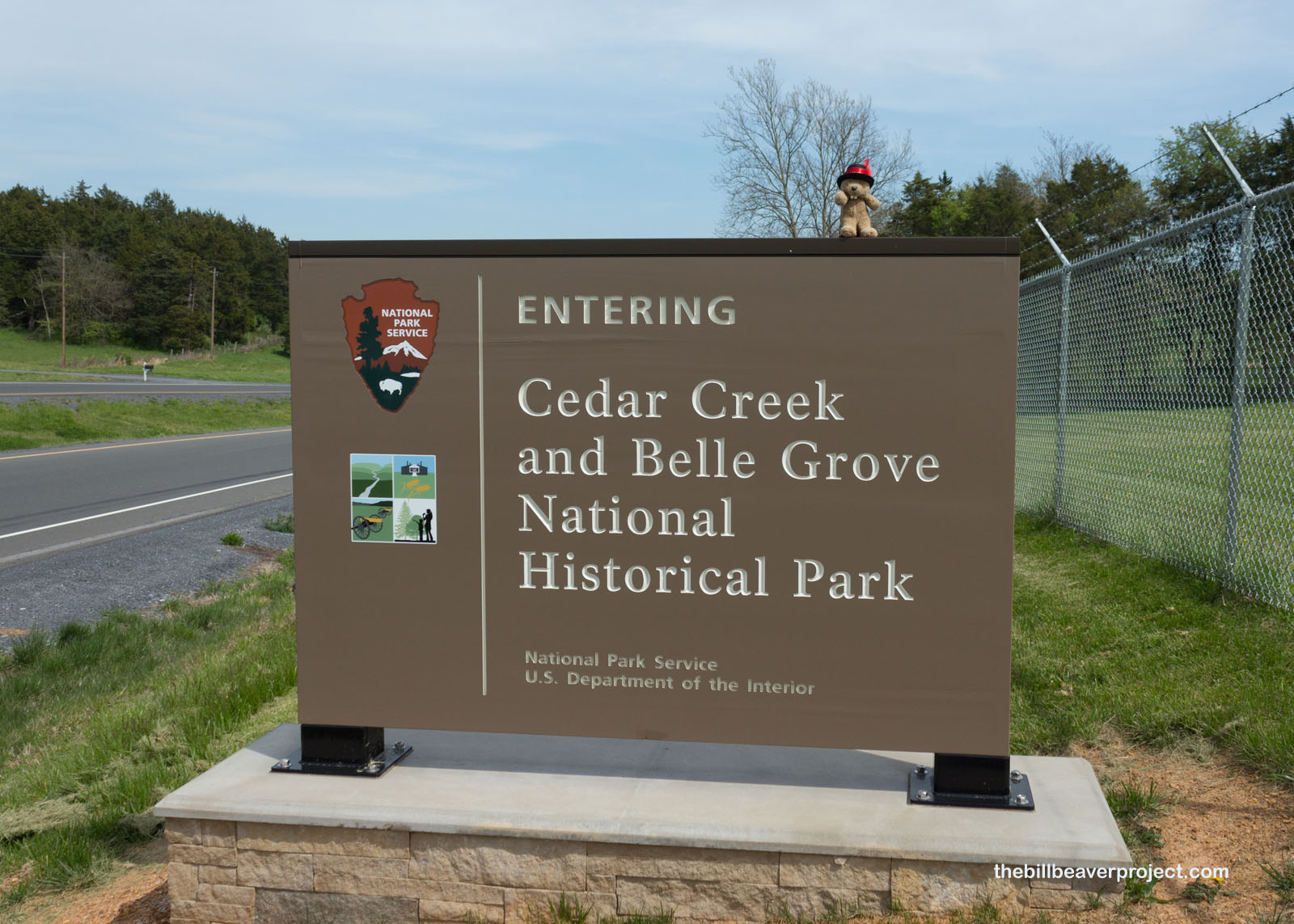 |
It began as a surprise attack at dawn with 3,000 Confederate troops crossing Cedar Creek in the fog to attack a Union encampment at Belle Grove Plantation! It was 5:00 in the morning, and the Union forces had been completely caught off guard!
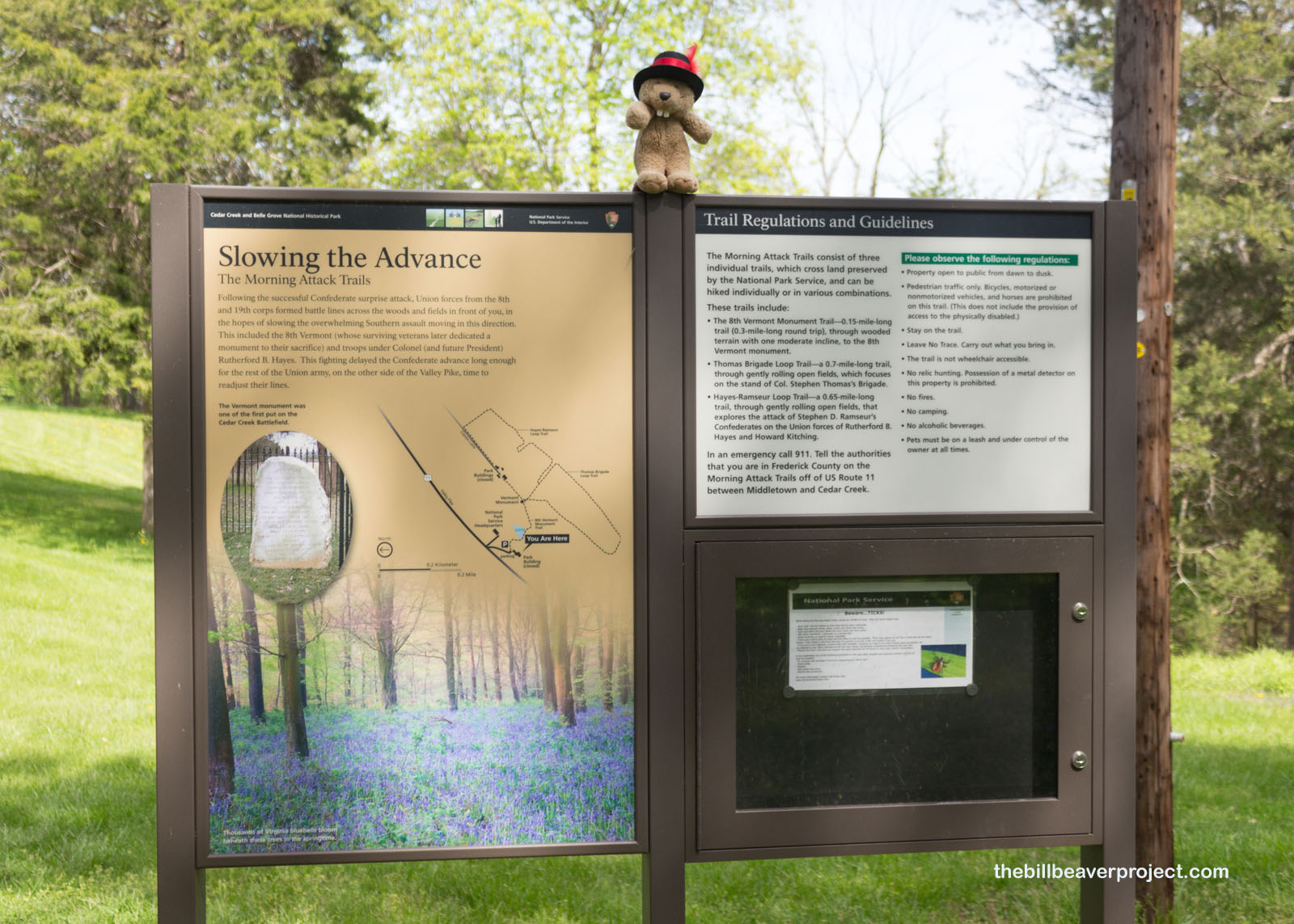 |
In the chaos that ensued, General William Emory ordered Colonel Stephen Thomas to sacrifice his 1,000 soldiers from the 8th Vermont, 160th New York, 12th Connecticut, and 47th Pennsylvania. The 8th Vermont in particular fought until practically the last soldier standing, defending their flags from capture. Of the 164 soldiers in that division, 110 were killed, wounded or captured! The monument to their sacrifice was the first to be installed on this battlefield!
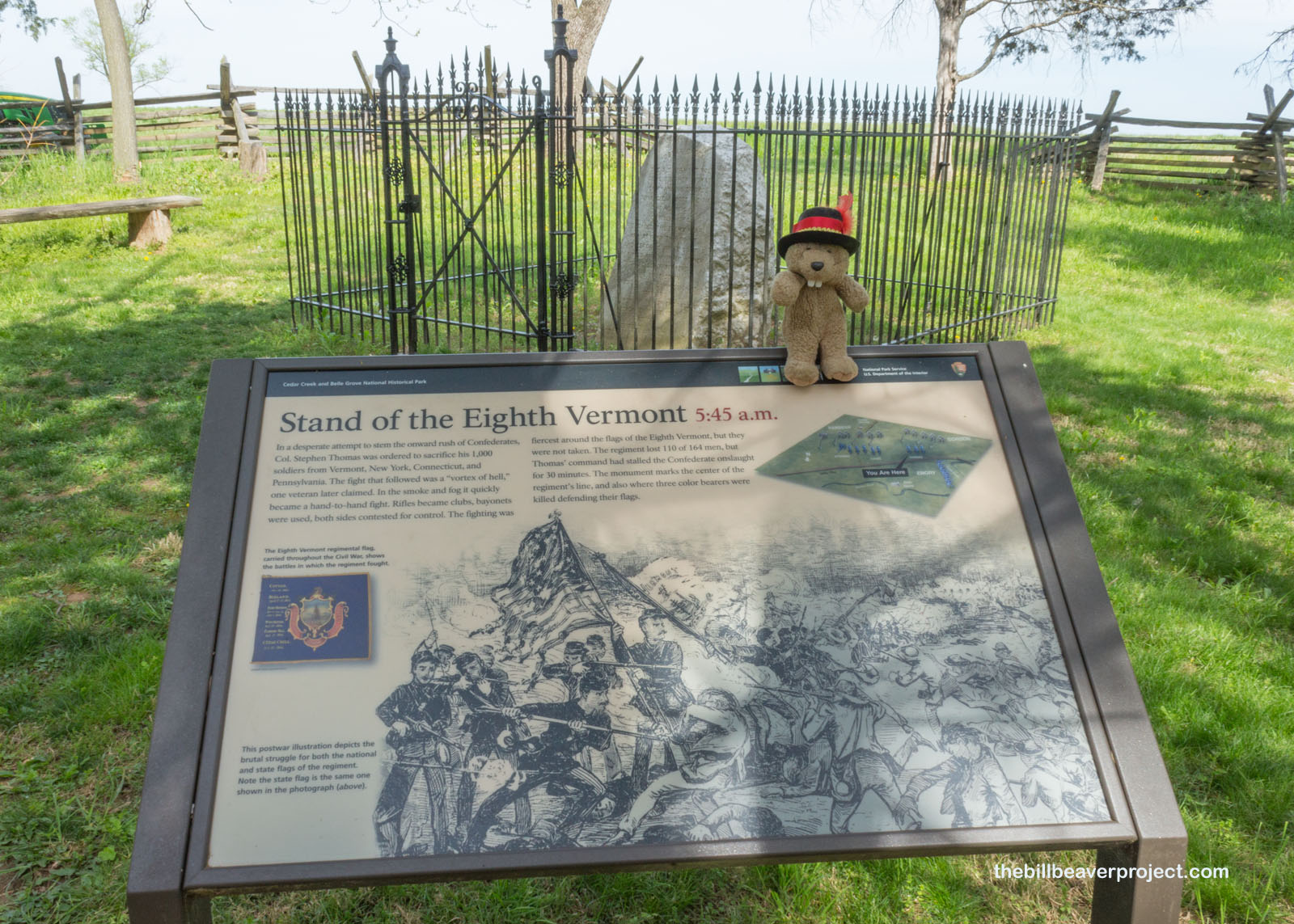 |
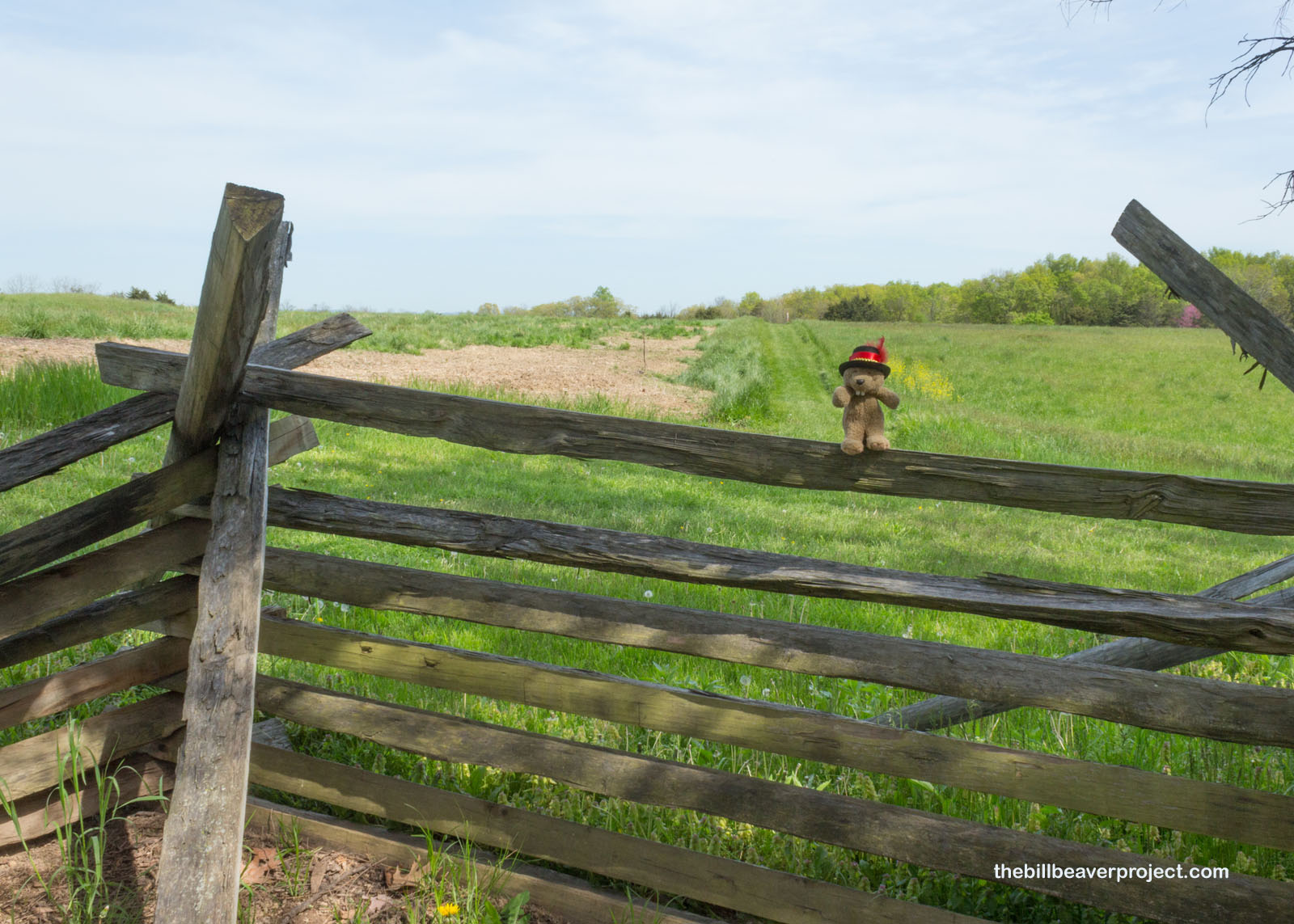 |
Across the street, veterans of the 128th New York regiment installed this monument to their fallen comrades in 1907. Entrenched into the ground here, this regiment got the brunt of the Confederate attack that morning, from the back and the sides of their trenches! They got very thoroughly flushed out of their position and had to fight all the way through their retreat!
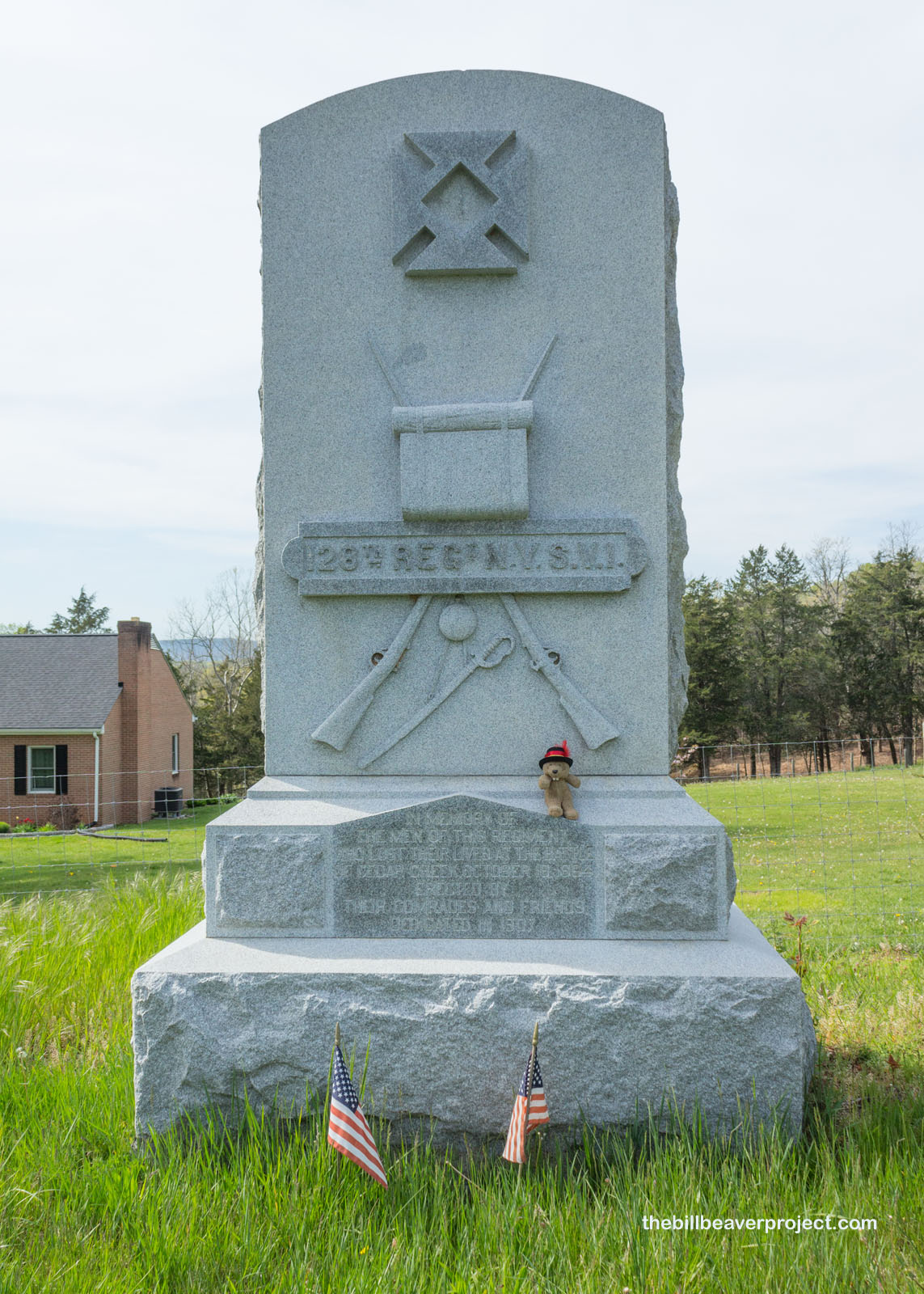 |
It was such a stunning success by 10:30 AM that it’s hard to believe how this turned into a Union victory at the end of the day! That was because General Jubal Early gave up early! Thinking the battle had been won, he halted at Miller’s Mill to let his troops rest, giving General Philip Sheridan time to ride in from Winchester, rally the troops, and lead a massive counterattack by 4:00 PM! Striking down their left flank, the Union troops broke the line and forced the Confederate Army to flee the way the Union had done just that morning, and the Shenandoah Valley never again came under Confederate control!
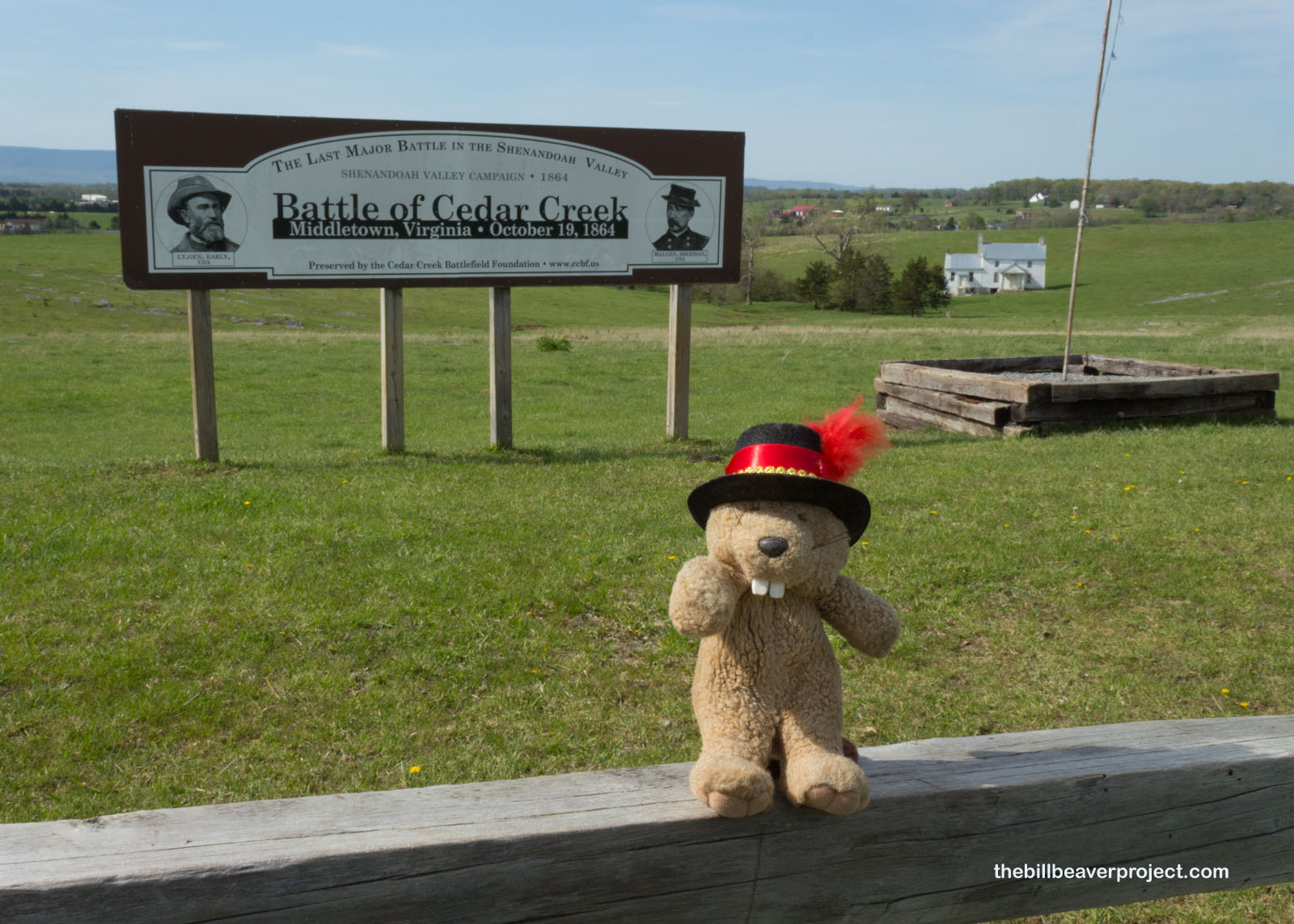 |
Belle Grove Plantation had been the headquarters for General Sheridan several times during the Civil War, its 7,500 acres giving ample room for troops to camp. It originally belonged to Major & Mrs. Hite, who operated a grain and livestock plantation here all the way from 1783 until 1851. At the time of the battle of Cedar Creek and Belle Grove, it had been owned by a family named Cooley!
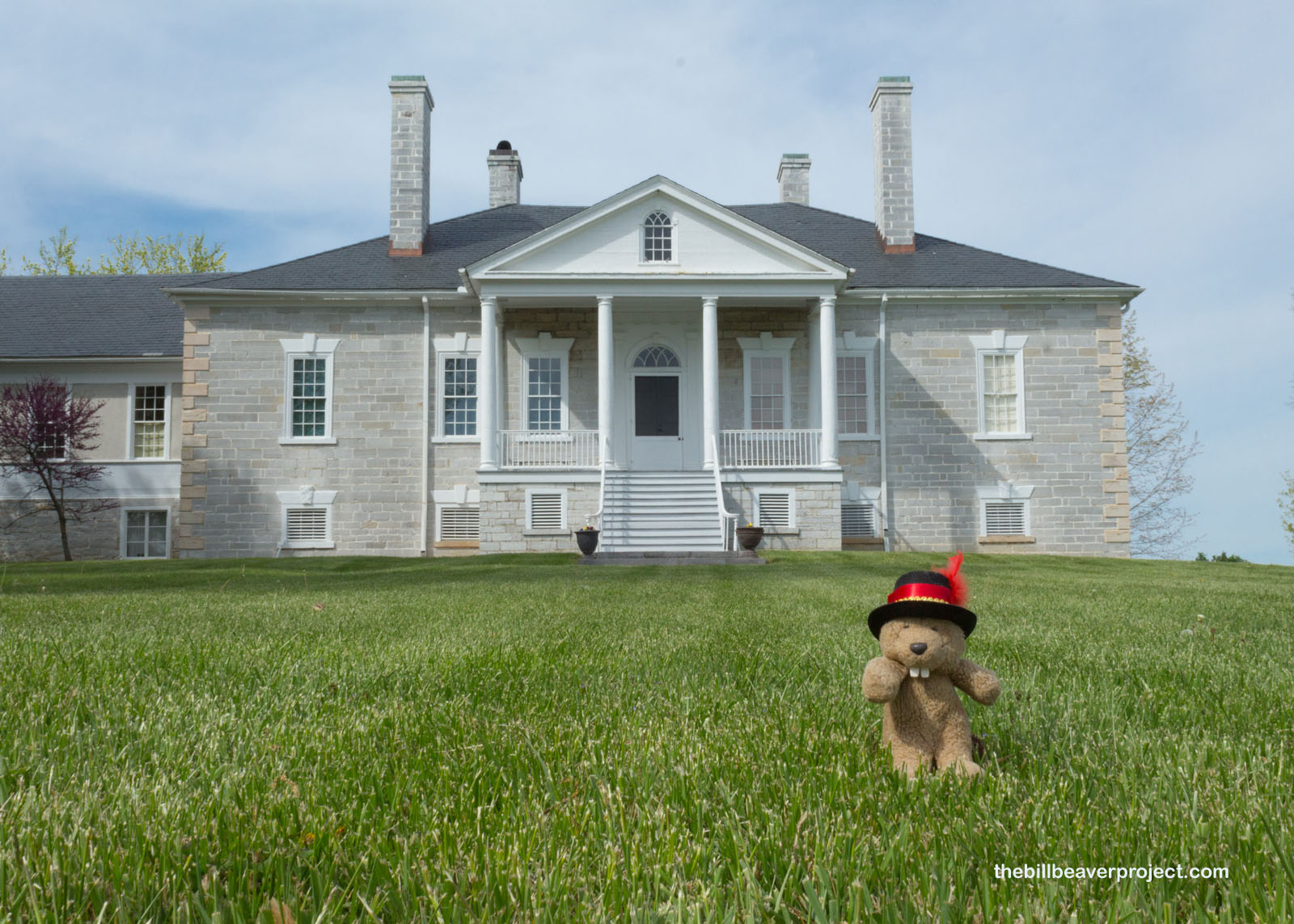 |
Like the troops on both sides of the battle front, I was starting to get mighty tired as the day wore on, but I had at least one more park left in me, a super unique one, wholly unrelated to the others and specially designed for all senses. This was Wolf Trap National Park for the Performing Arts!
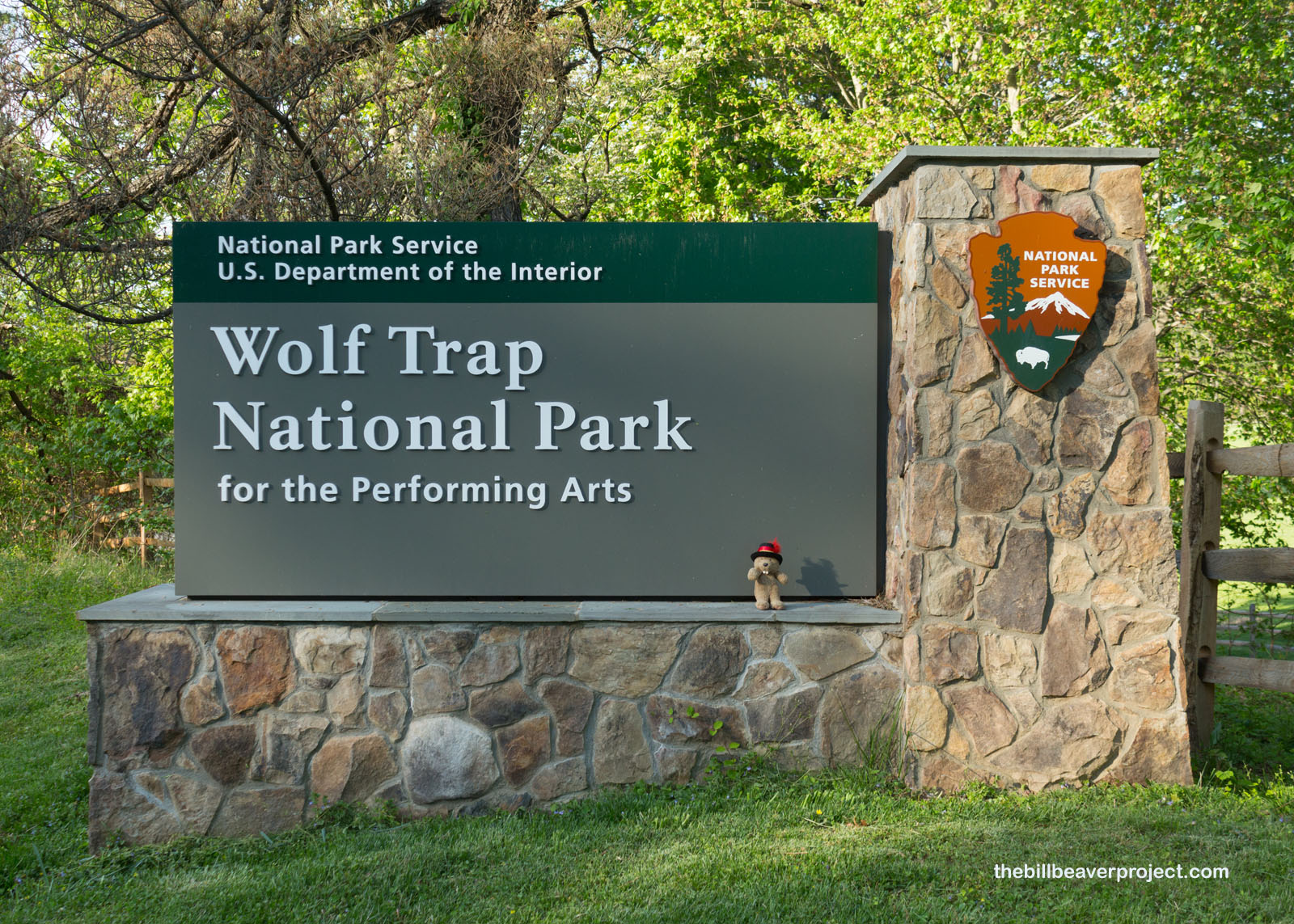 |
This park is made up of almost 100 acres of land donated by Mrs. Catherine Filene Shouse, daughter of the founder of the Boston Symphony! She raised funds for the American Symphony League and sponsored Candlelight Concerts and the first International Jazz Festival! She acquired lots of land here in Vienna to serve as a working farm and an escape from the big city, calling it Wolf Trap Farm, and as part of her legacy, she donated most of it to the Department of the Interior. The huge outdoor amphitheater, the Filene Center, held its first performance in 1971!
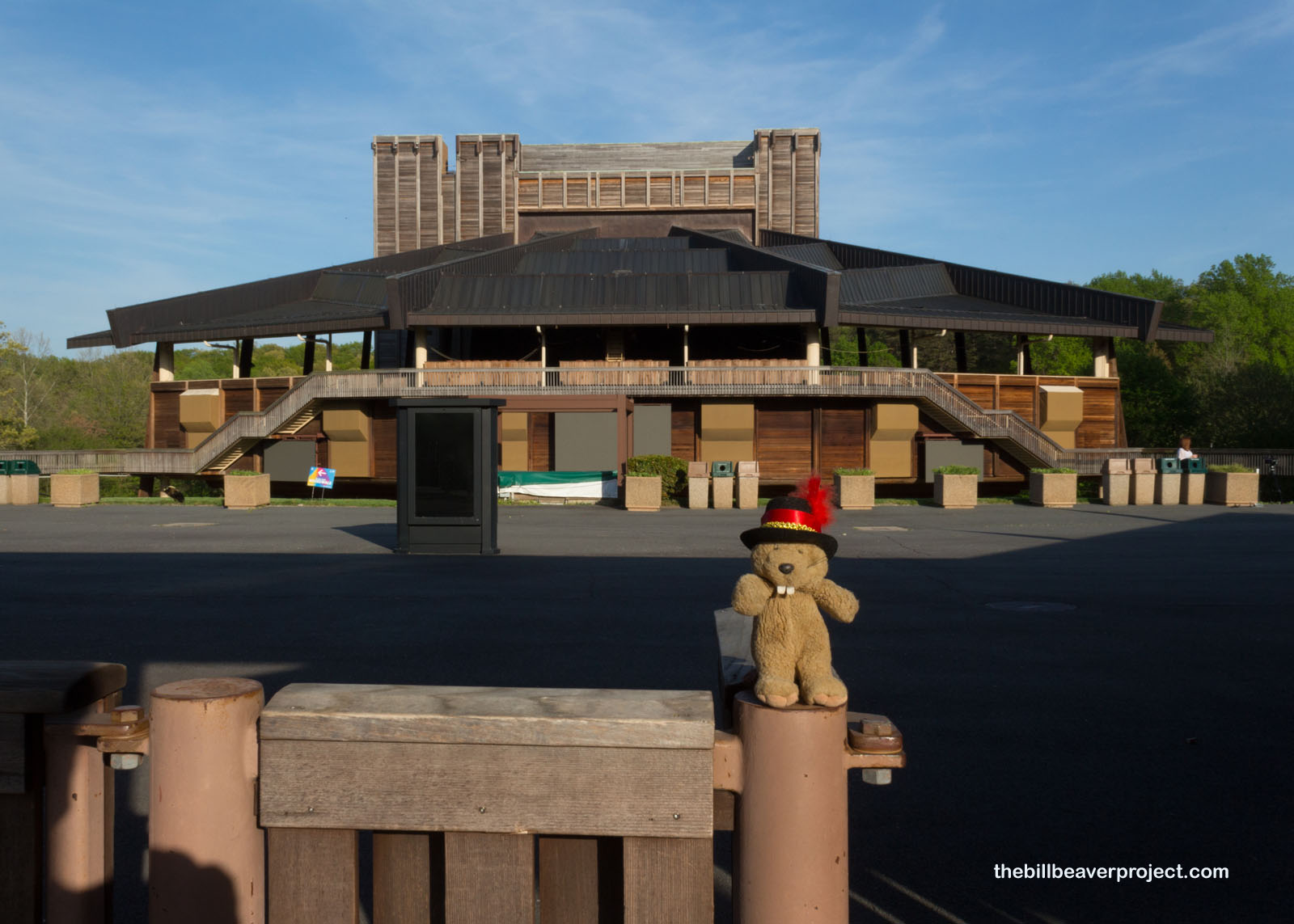 |
As an ongoing feature of the age of COVID-19, the grounds at Wolf Trap were now featuring the Reid Ellen Sound Walk, a GPS-based walking symphony that worked a lot like the exhibits at the Musical Instrument Museum! Downloading the app would give a different kind of performance for various locations in the sprawling park grounds!
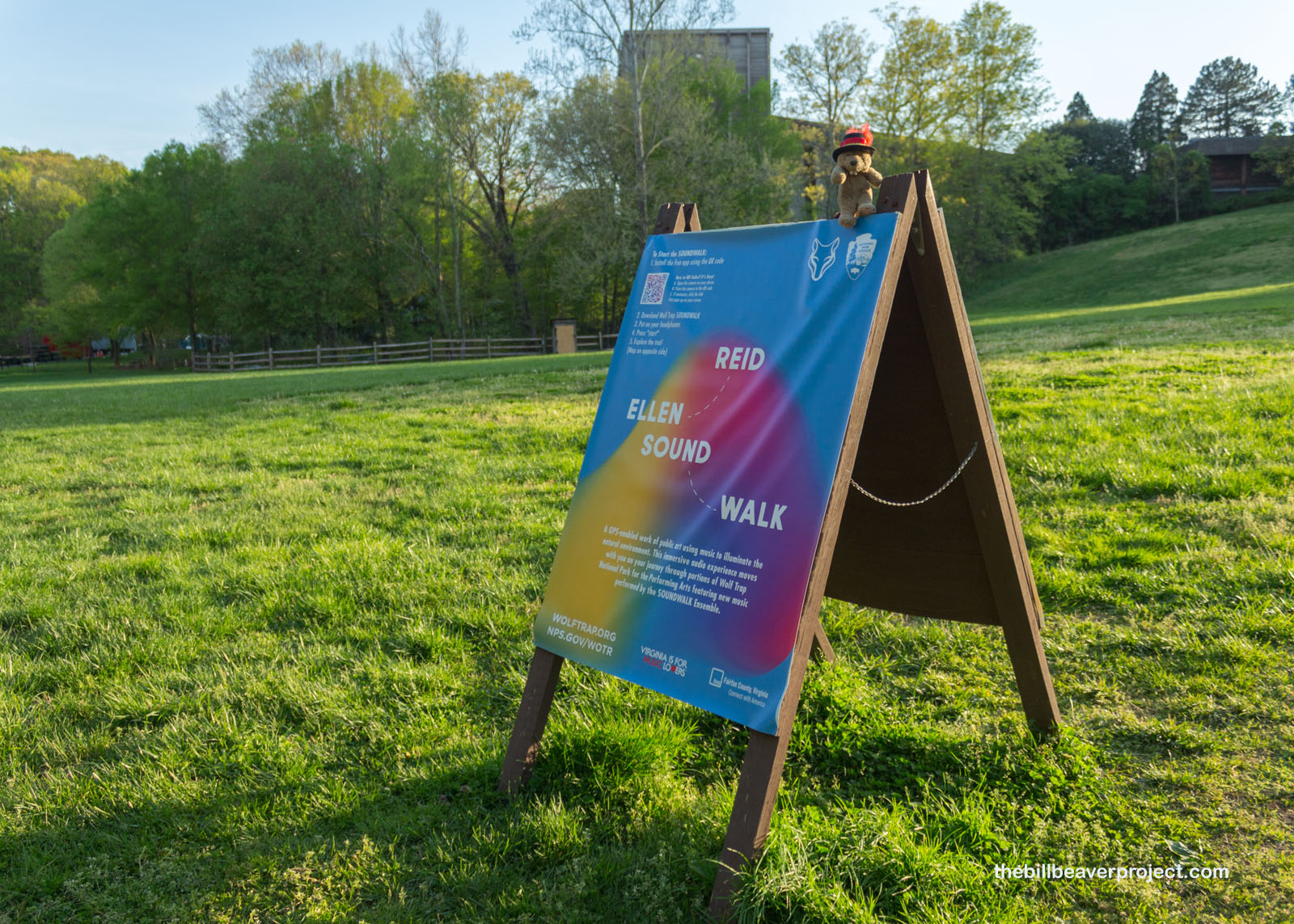 |
Beyond the impressive Filene Center, there were other open-air theaters scattered throughout the grounds, like the tiny Meadow Pavilion and the secluded Children’s Theatre-in-the-Woods! It looked like it would be a lot of fun to see a performance on any of these stages on a cool spring evening, but nothing was scheduled for this evening!
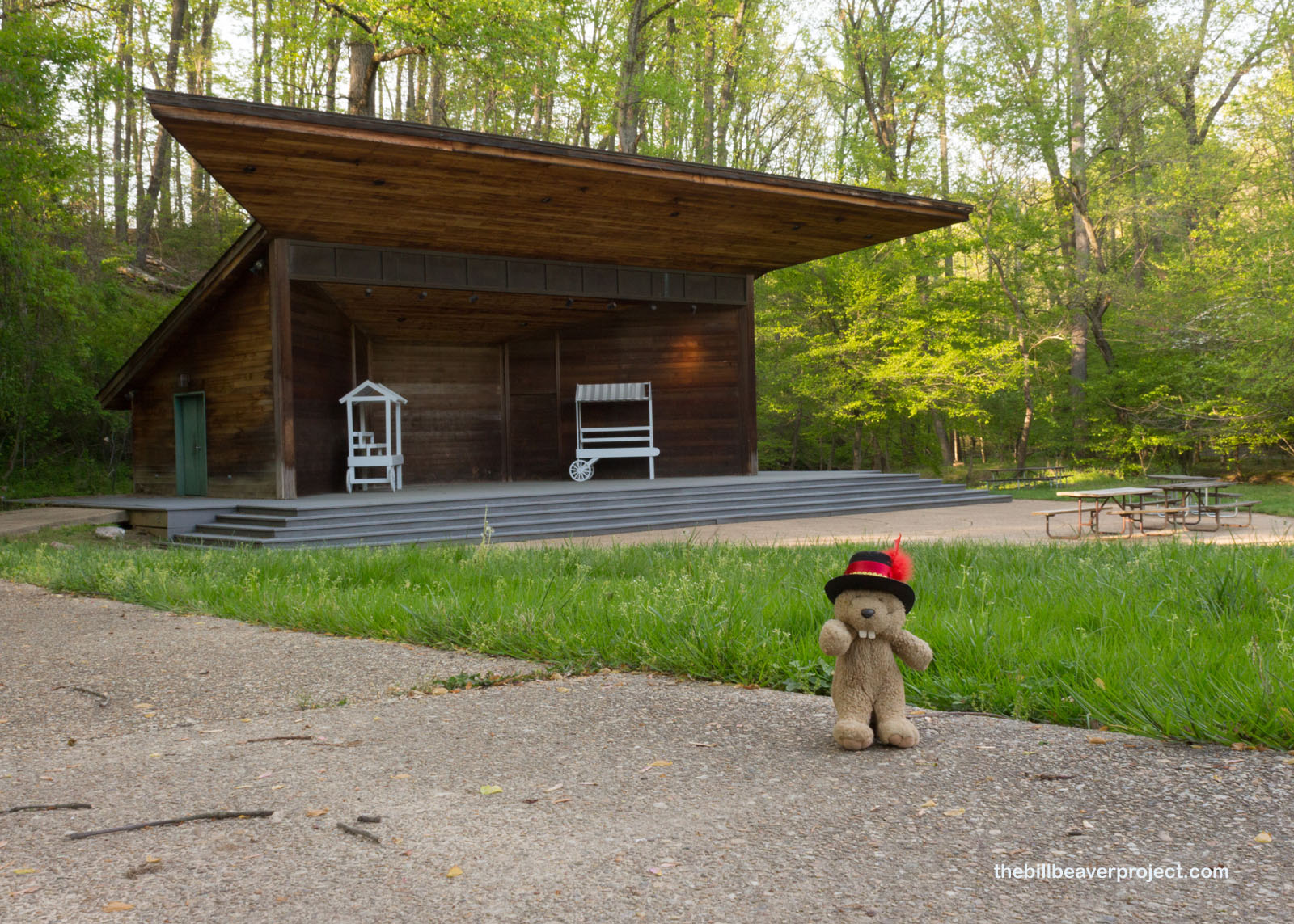 |
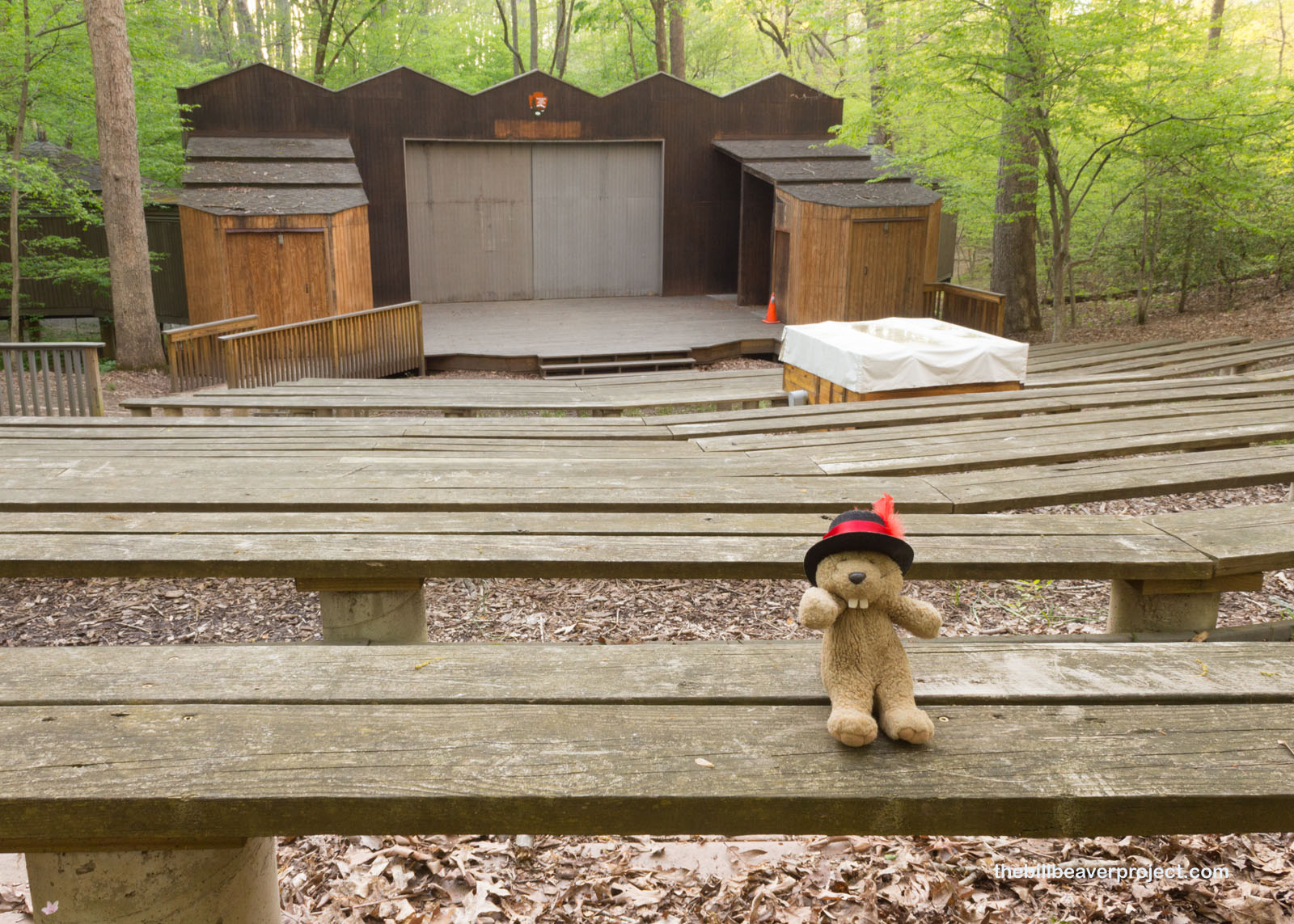 |
But there was something super peaceful here, and I could see why Mrs. Shouse offered up this place as a refuge for World War II veterans. In fact, strolling the grounds here changed my mind about how I was going to spend the next 24 hours. I’d originally meant to drive three more hours north into Pennsylvania to spend tomorrow exploring Punxsutawney, two national park sites, and concluding at Rock Creek Park before my flight the next day! But boy, did that sound unappealing after running around all day!
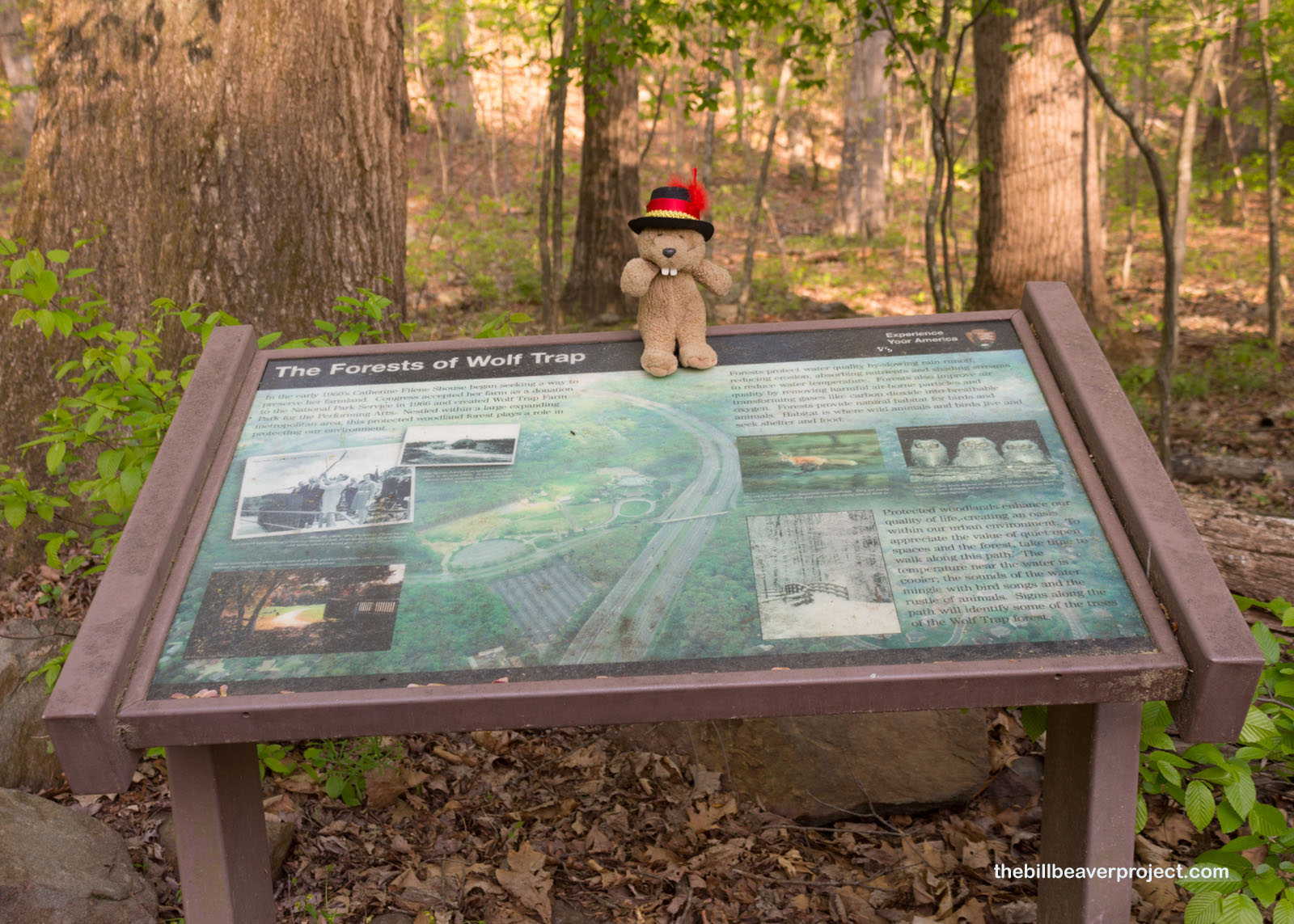 |
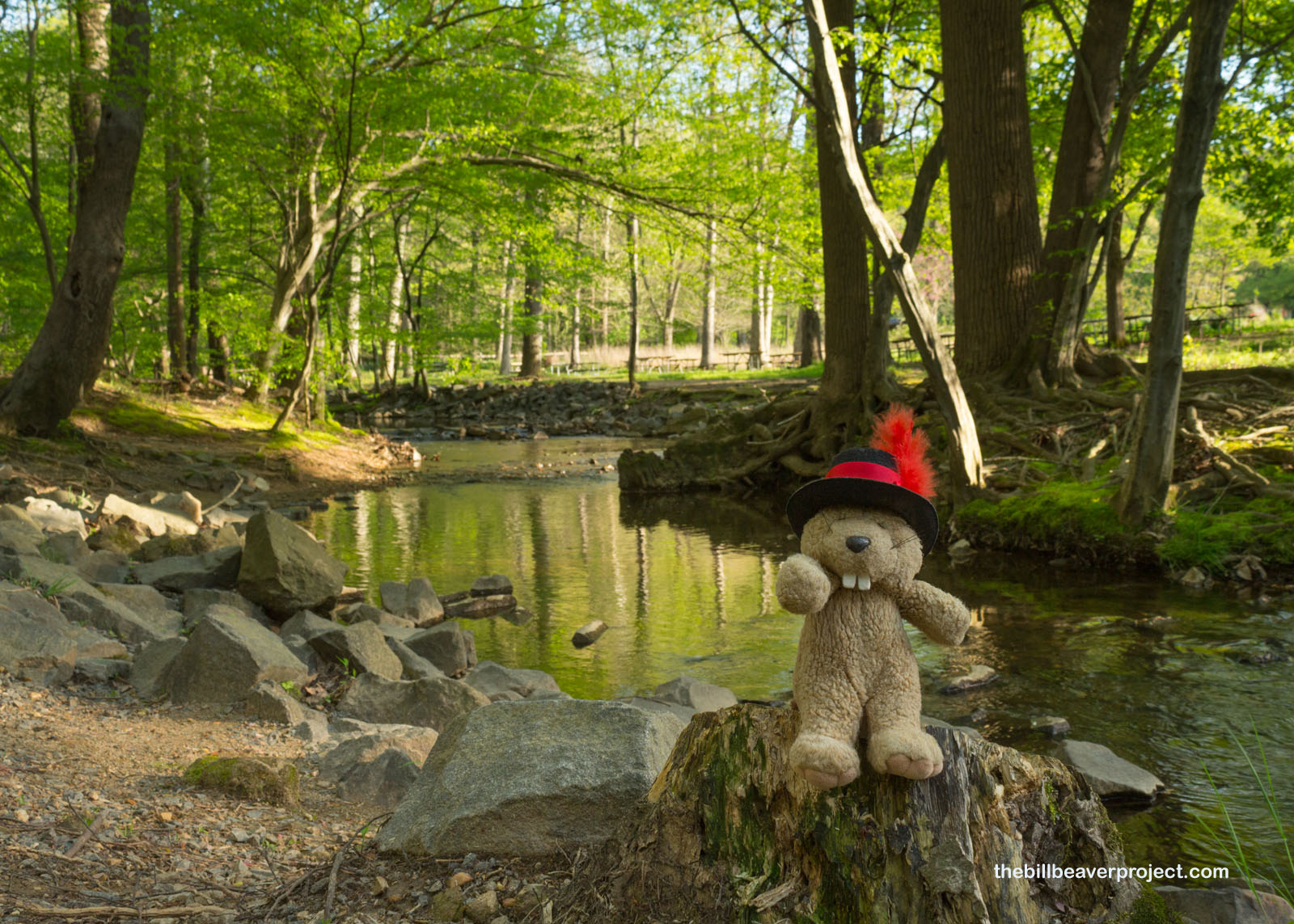 |
Instead, I decided to hold off on Pennsylvania until a later time. The flowers here at Wolf Trap were too beautiful, and the air was too calm. Instead of jumping back on the road, I ended up accepting an invitation to stay with my pals at Piggy House for the night instead. Sometimes, the go-go-go gets to be much too much!
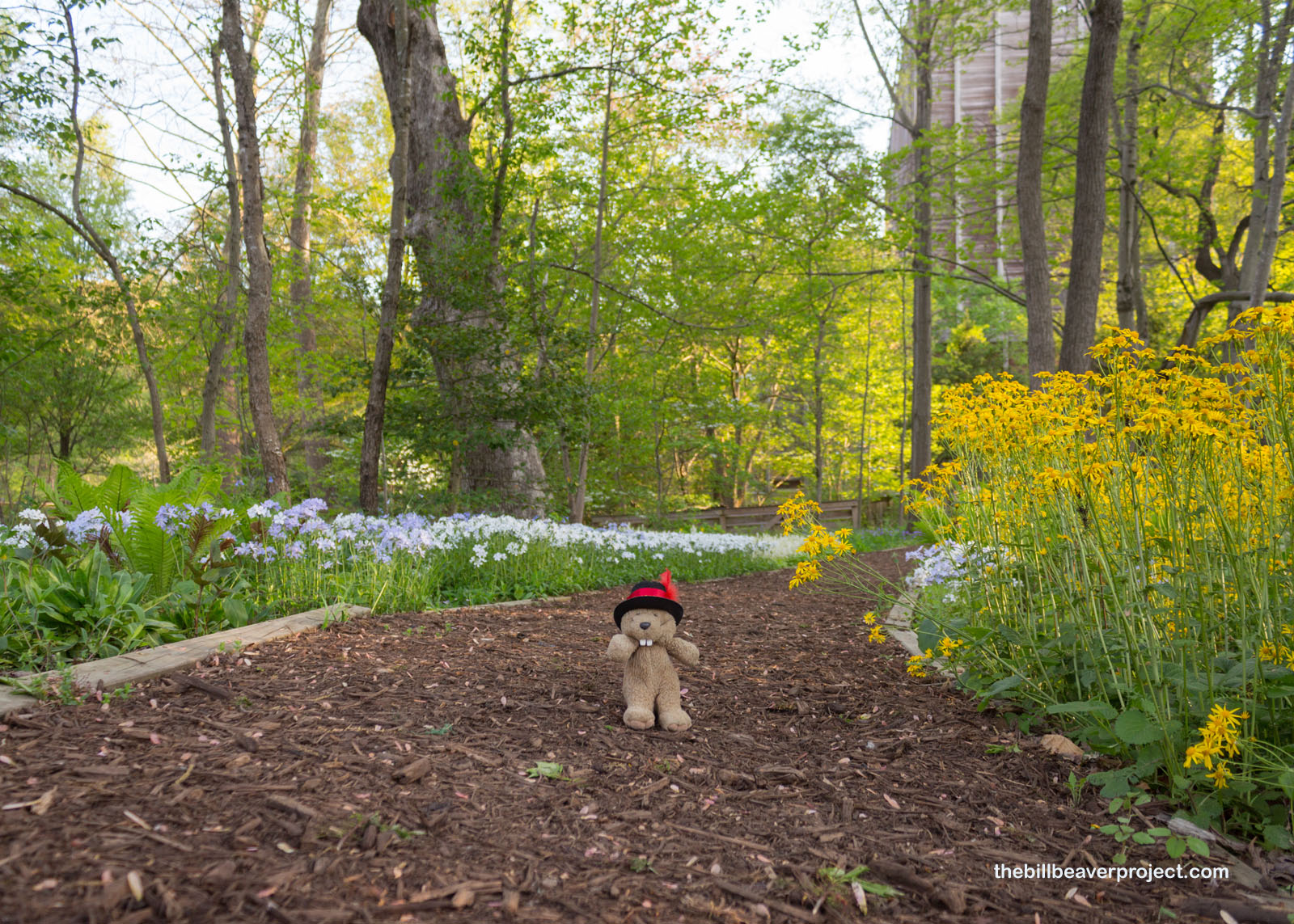 |
I think I’ll take things a little easier tomorrow. I’ll have some fun with my friends, Dudley, Danny, and the crew, then go see Rock Creek Park. That will conclude Virginia and D.C… at least until they open the World War I Memorial in a couple of years. All things considered, I’d say this madcap adventure has been a big success!
I’ll see you in D.C., you!

 Previous Day |
Total Ground Covered: 1,812.8 mi (2,917.4 km) |
 More 2021 Adventures |
